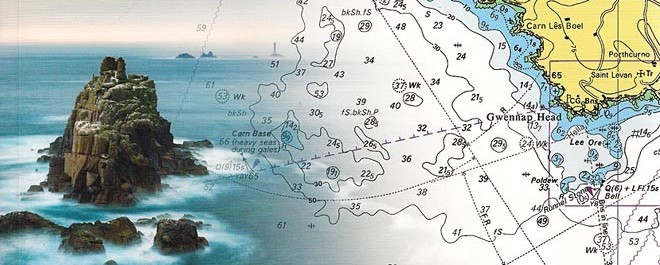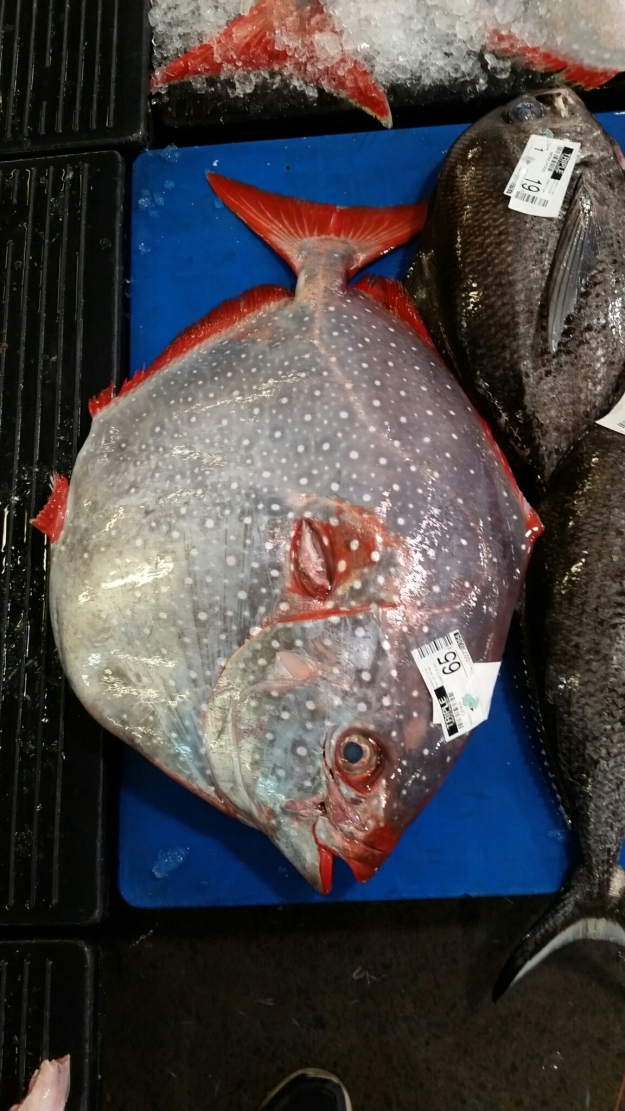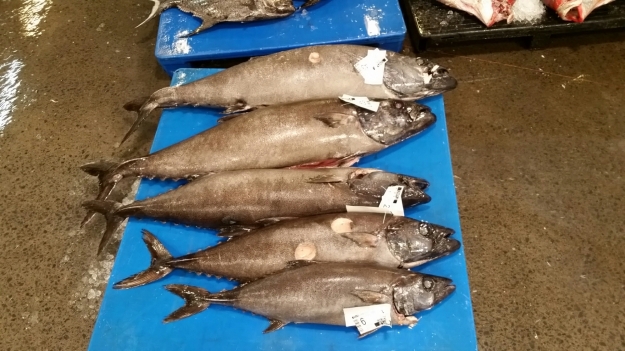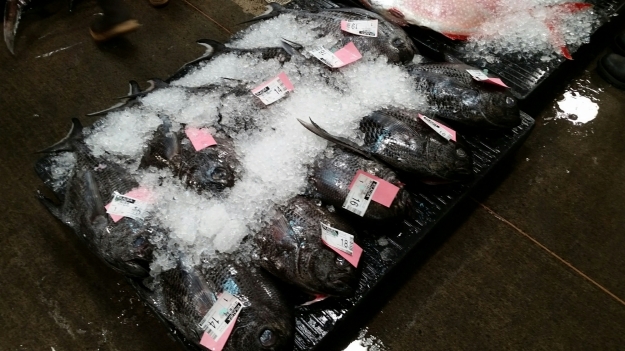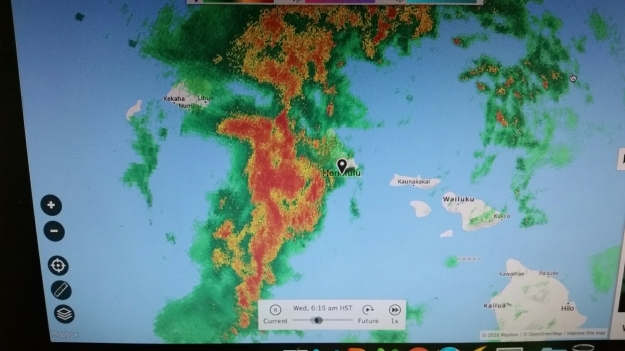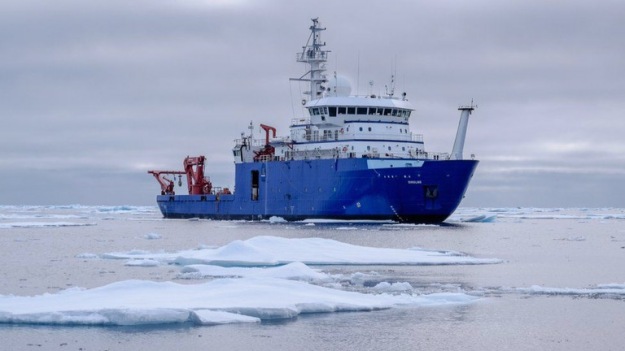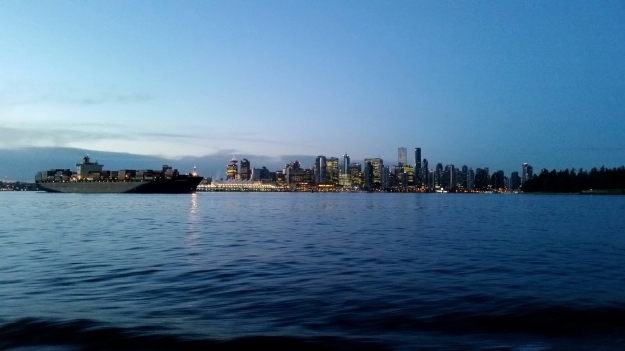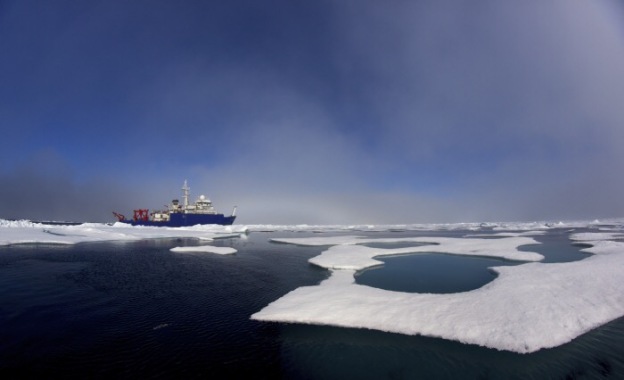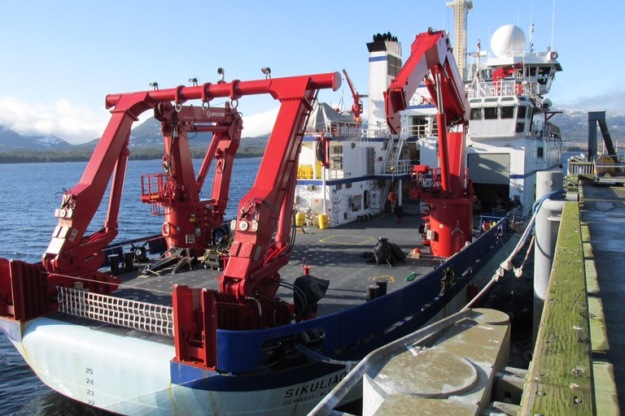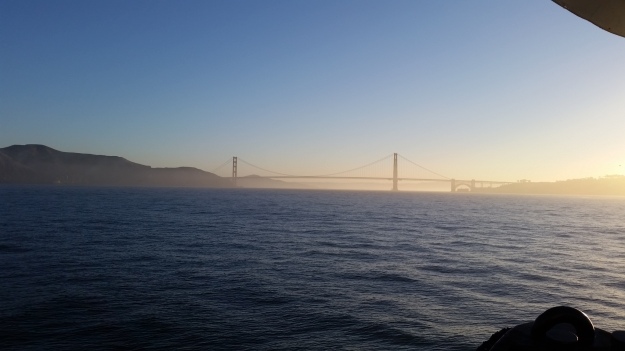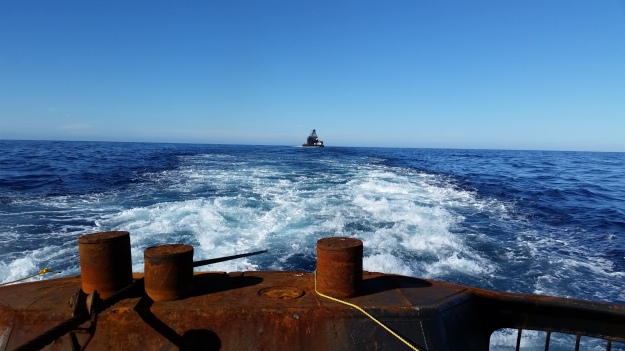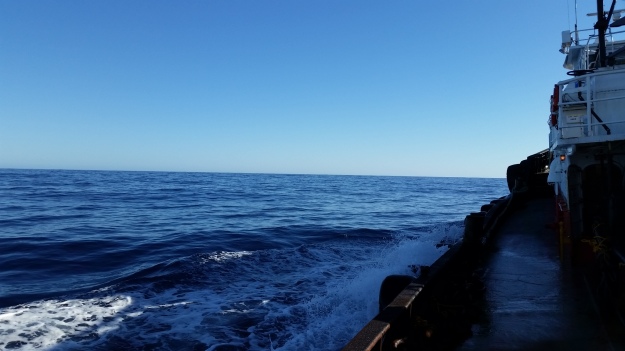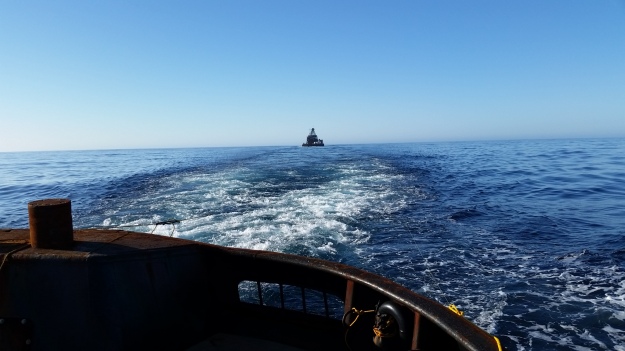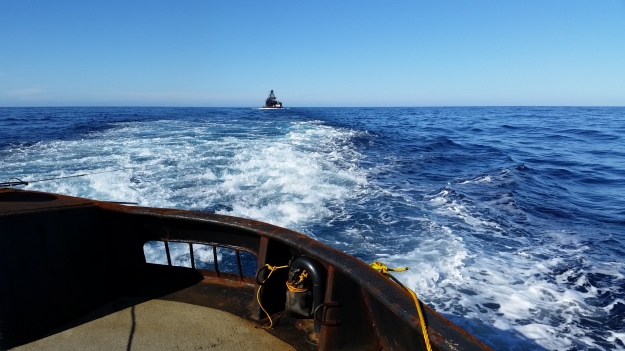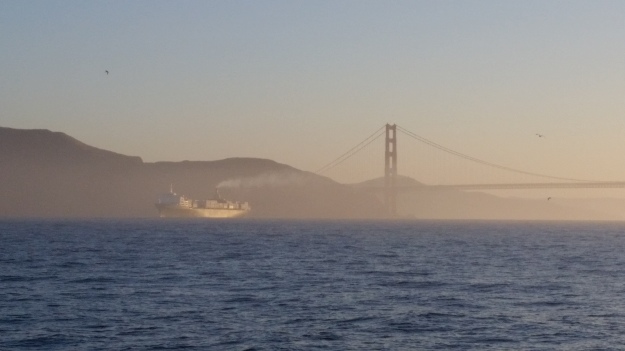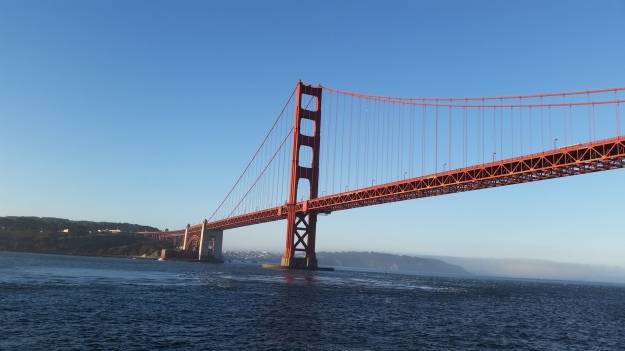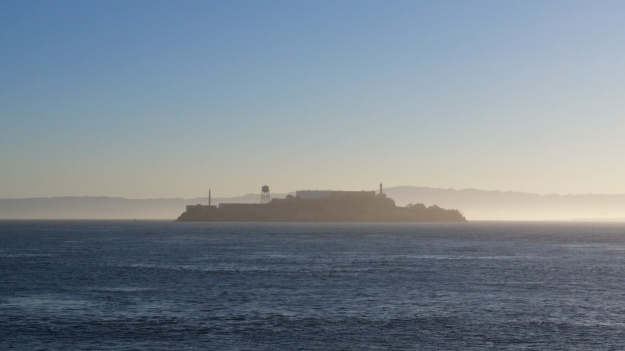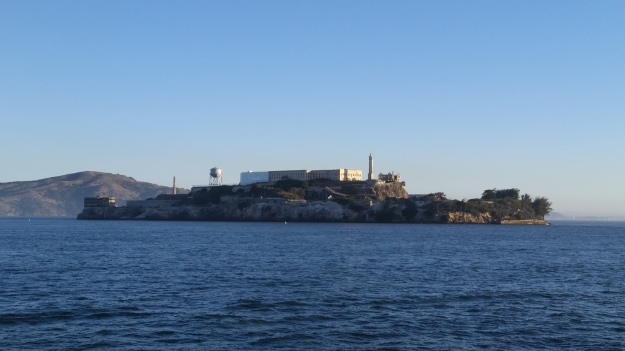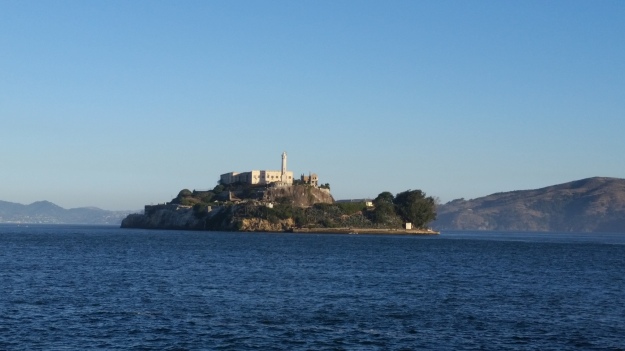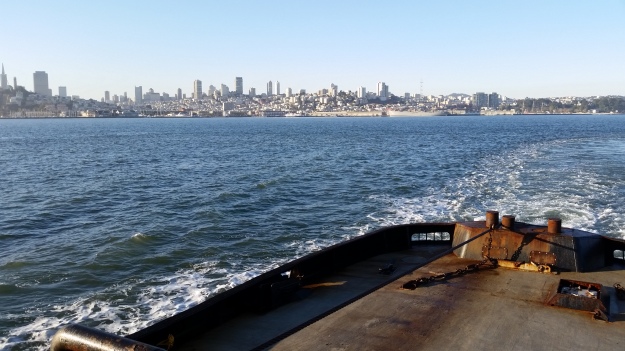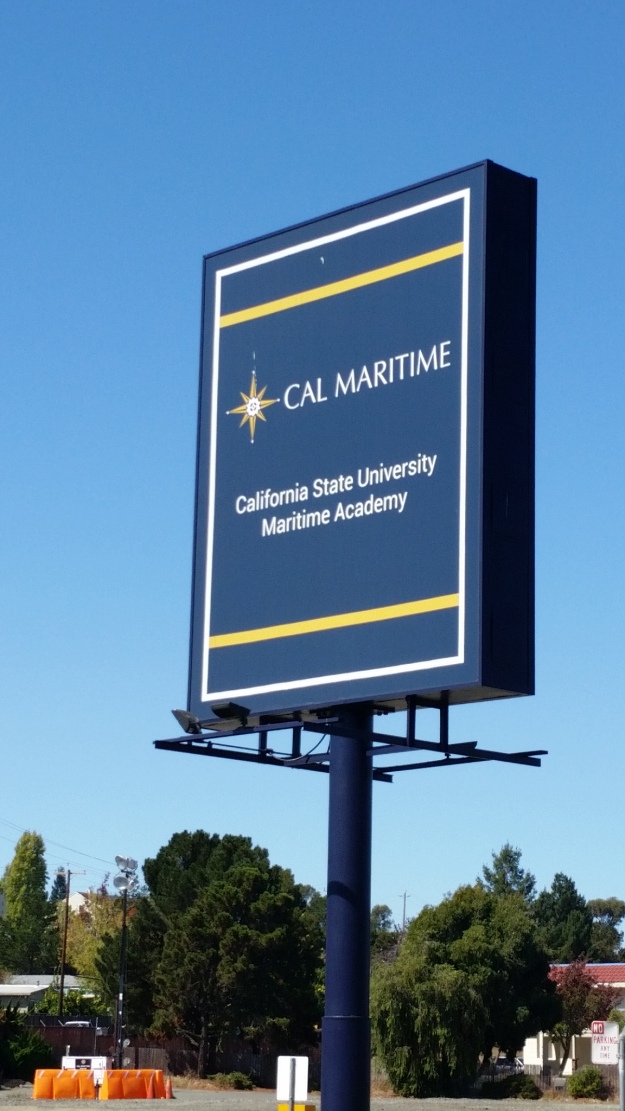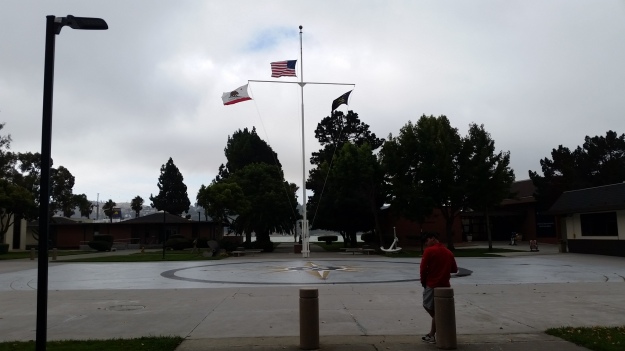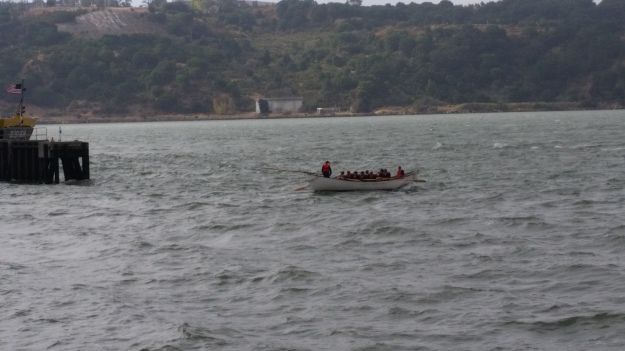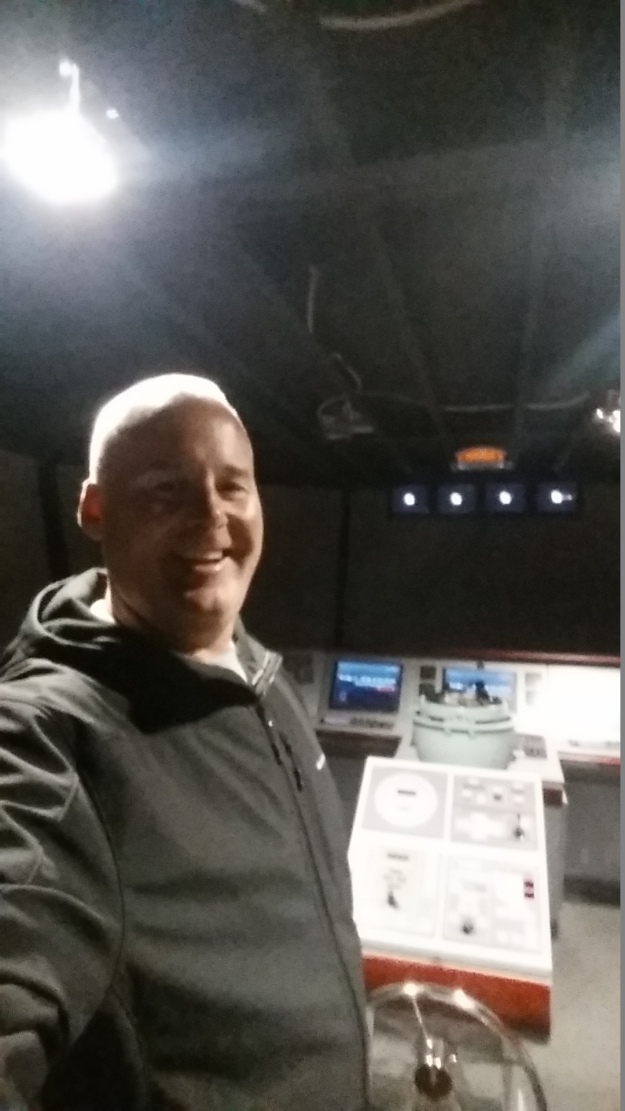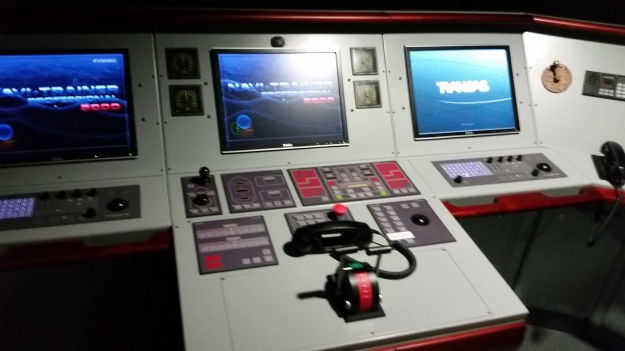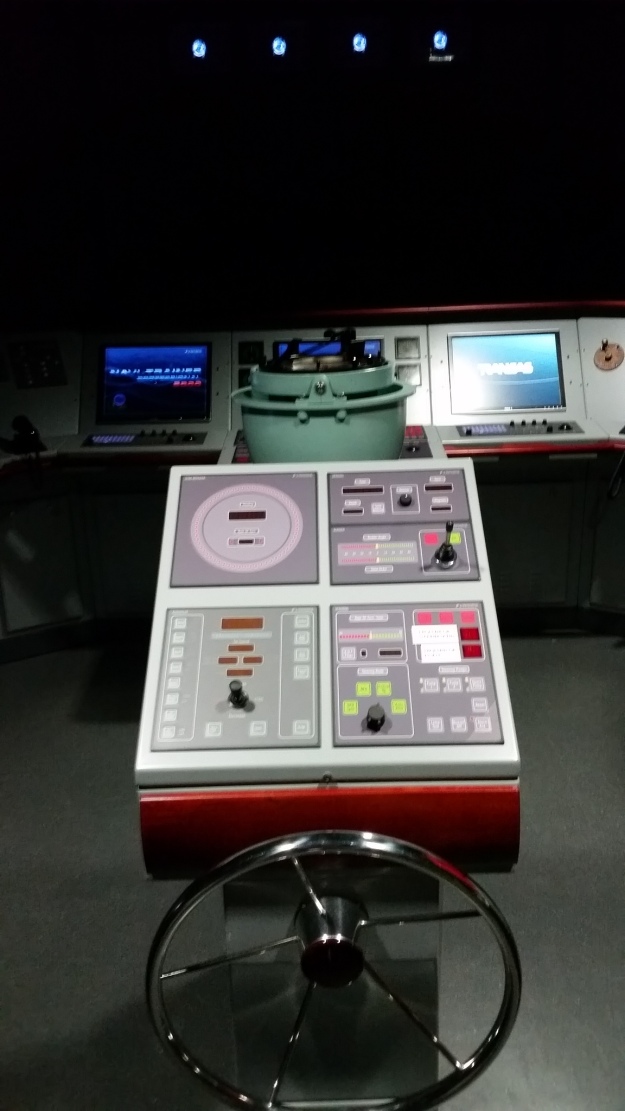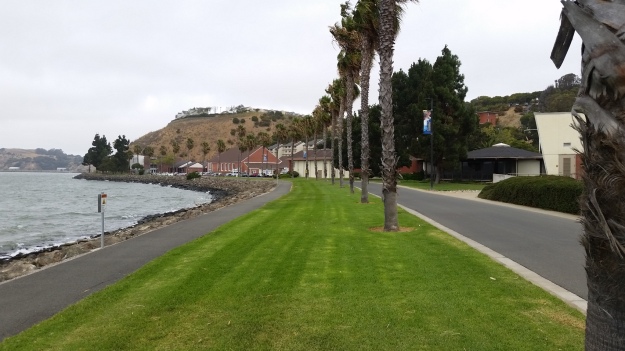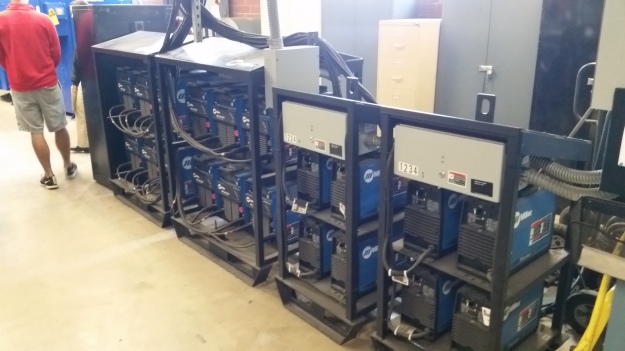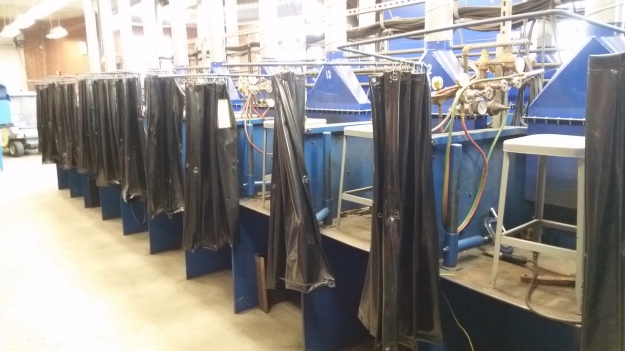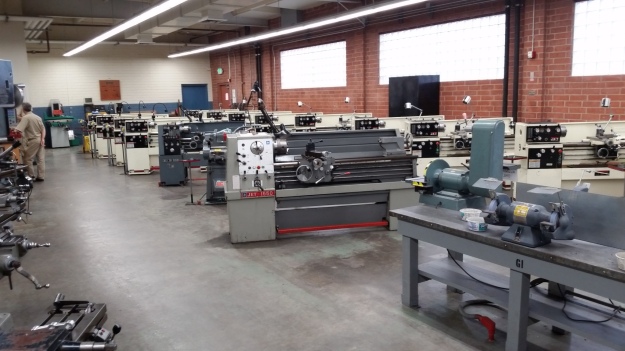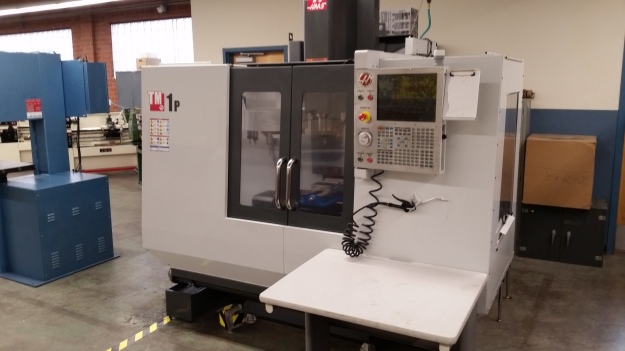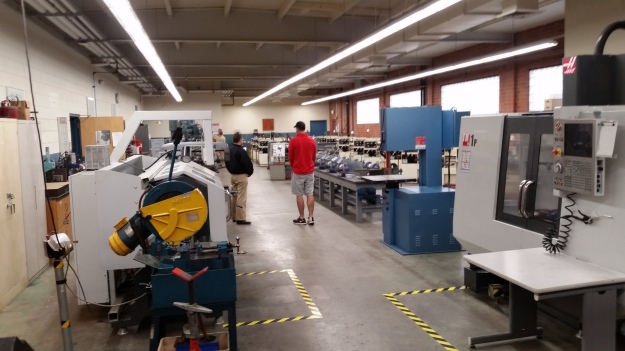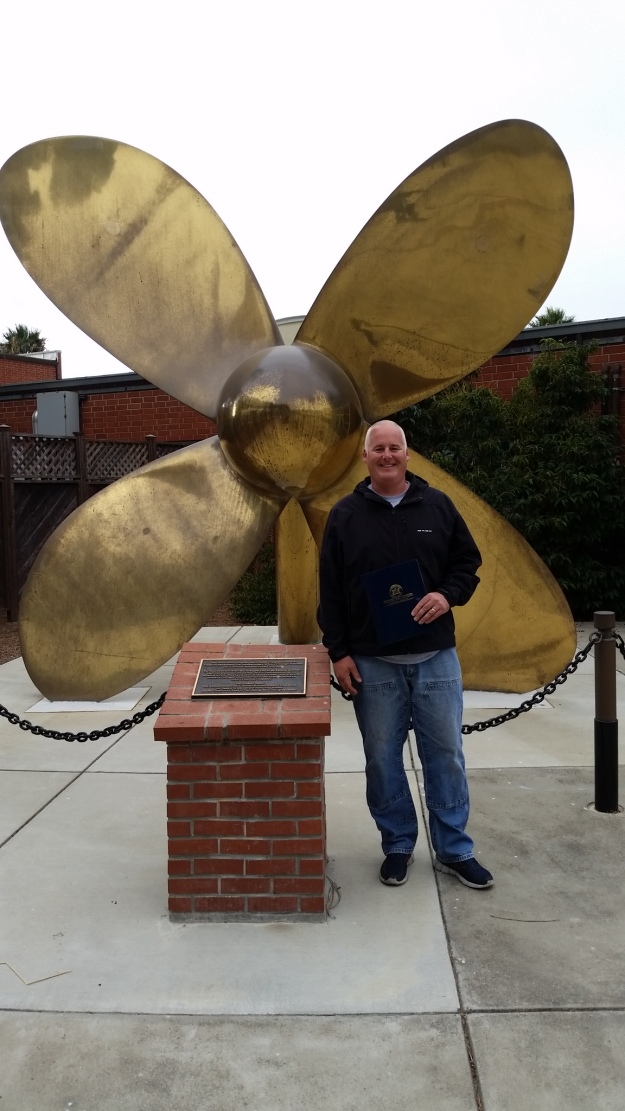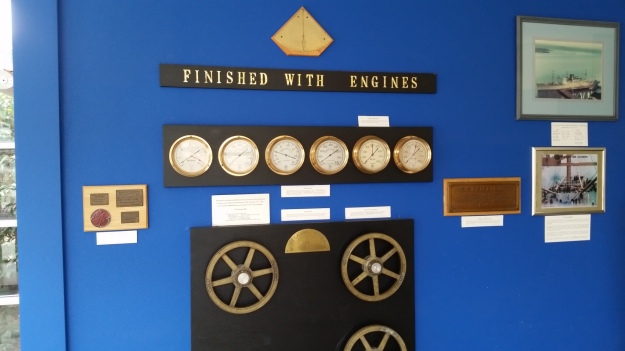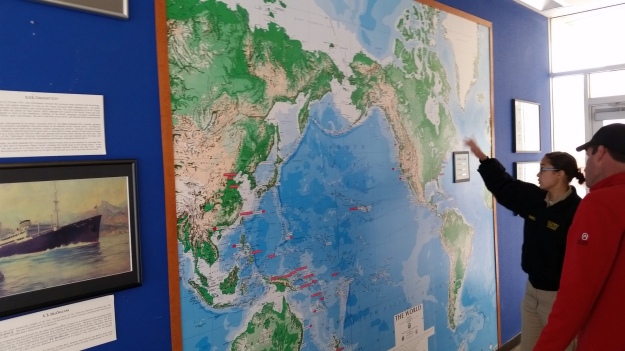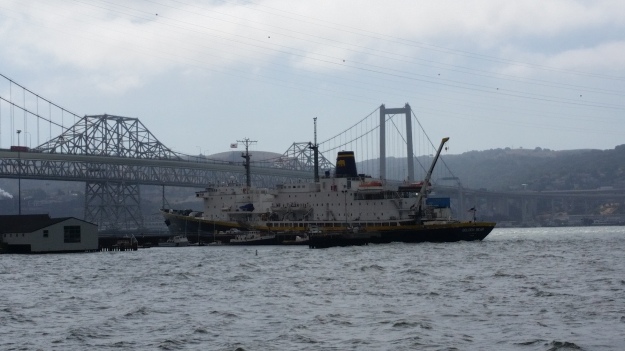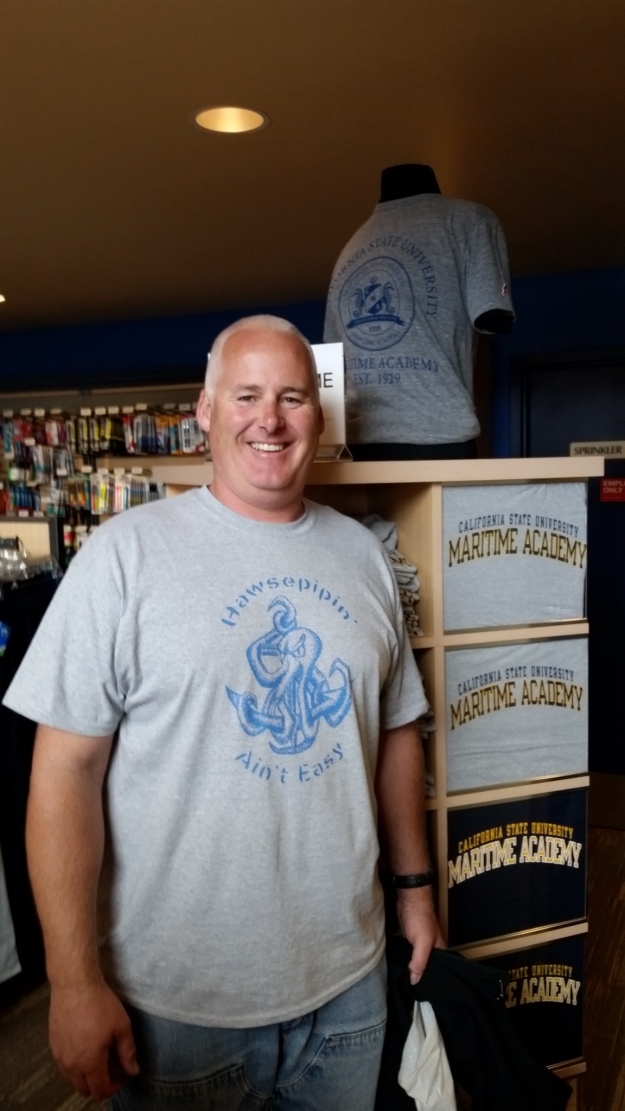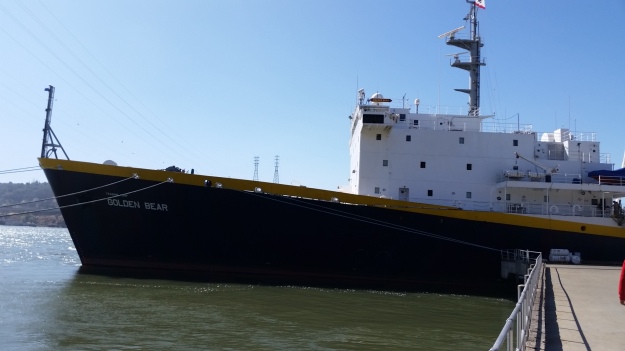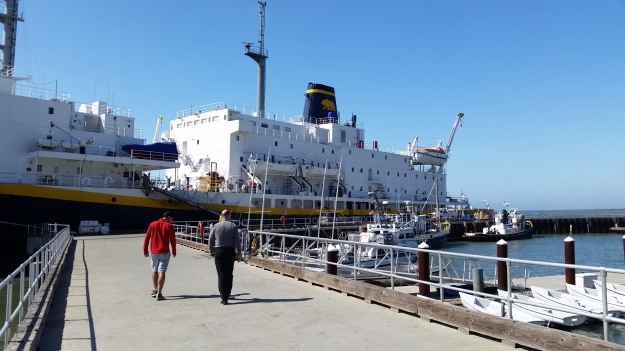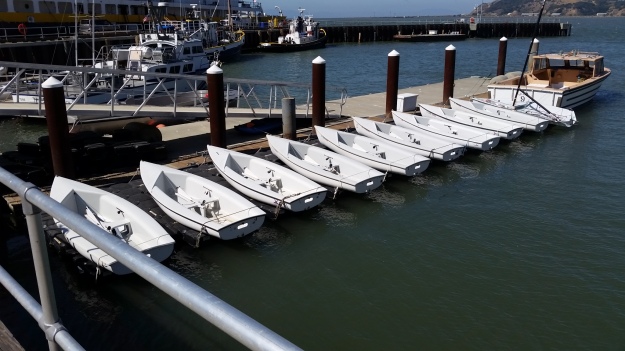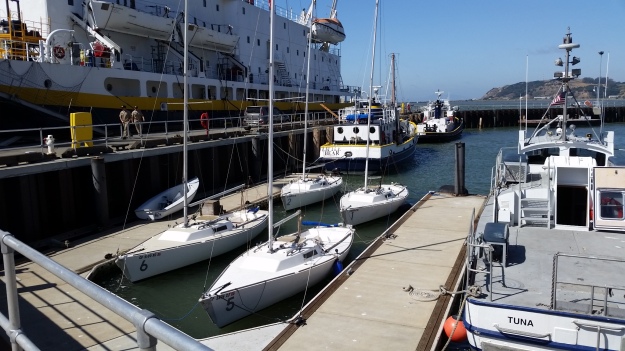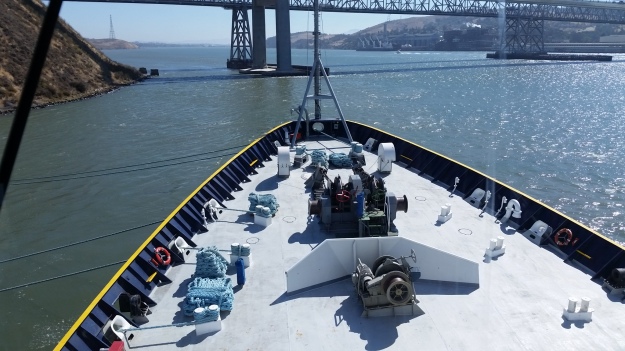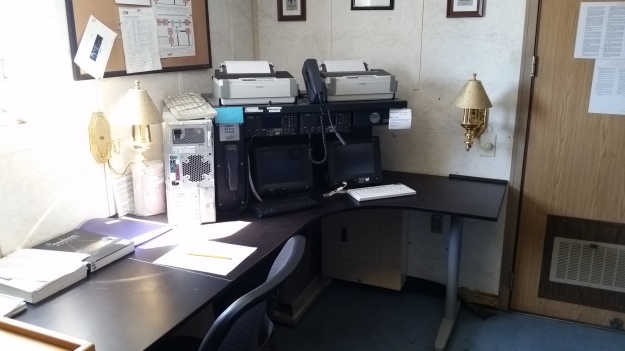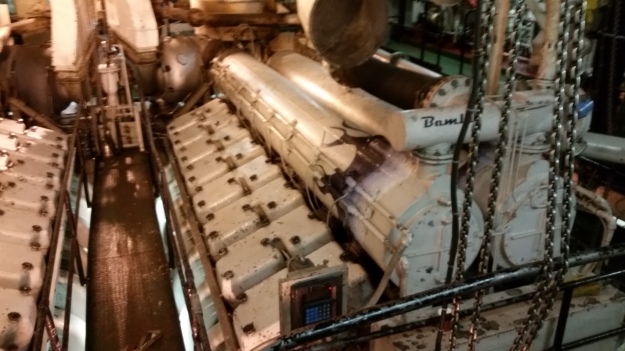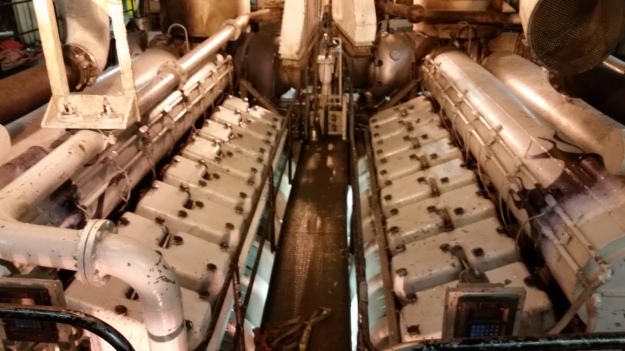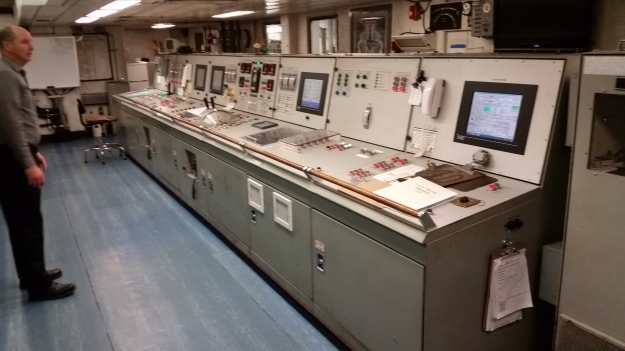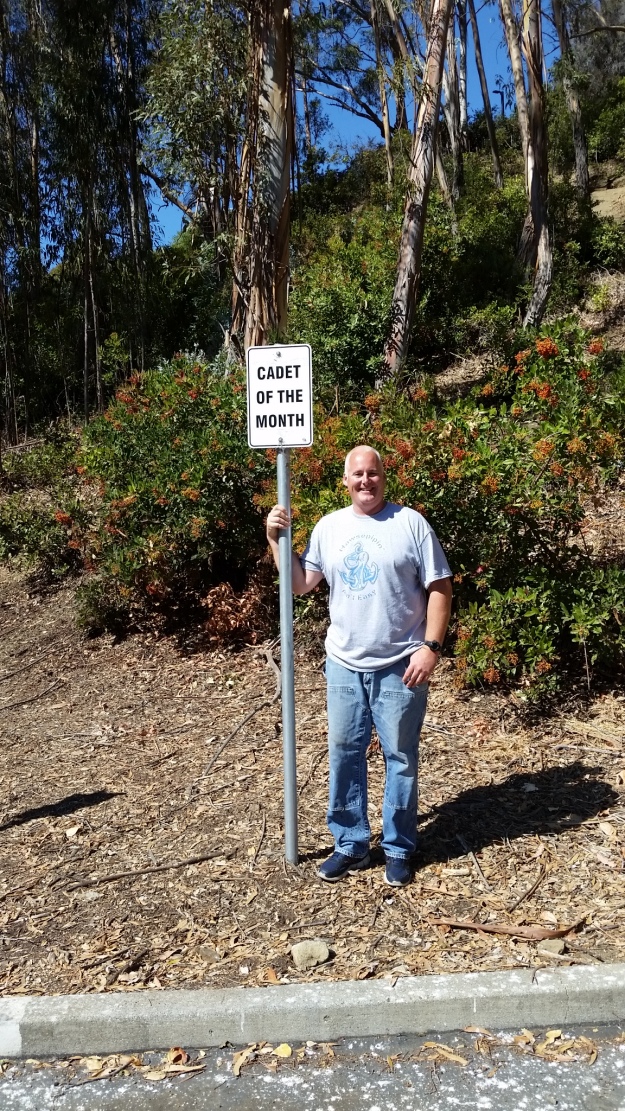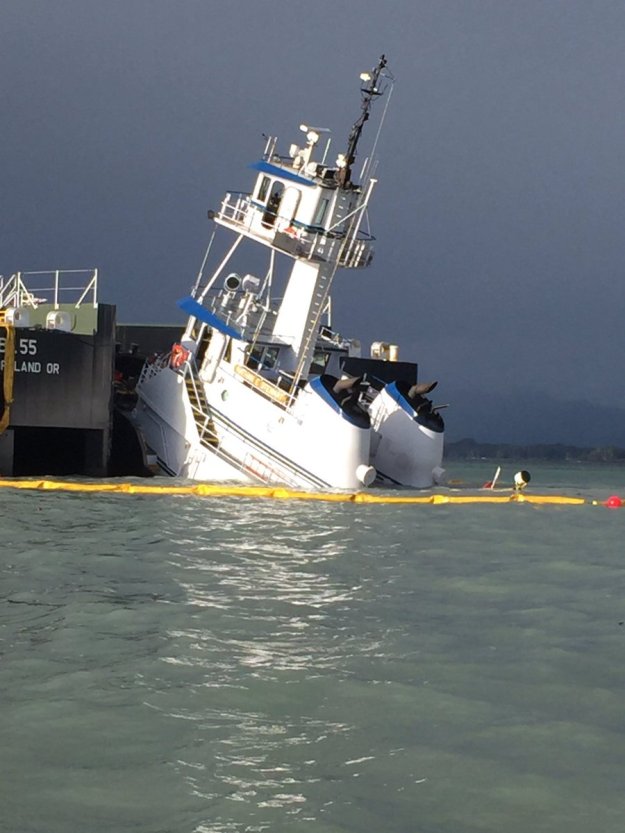

I had been home a couple weeks from the San Francisco run and I was at Crawford’s Nautical School taking a course, when the office called with another last minute, hurry up job. Our job was to tow the D.B. General derrick barge to be used in the salvage of the Nathan E. Stewart.
Early on the morning of October 13, 2016 the Kirby ATB tug and barge ran aground at the entrance to Seaforth Channel approx. 8 miles from the central British Columbia town of Bella Bella. The site is just as you would enter Seaforth channel from sea coming in from Queen Charolette Sound and Hecate Straight. With a westerly or southwesterly swell the site is fully exposed to breakers and surge. (sorry for the sideways photos below – I tried everything I could think of to fix it)

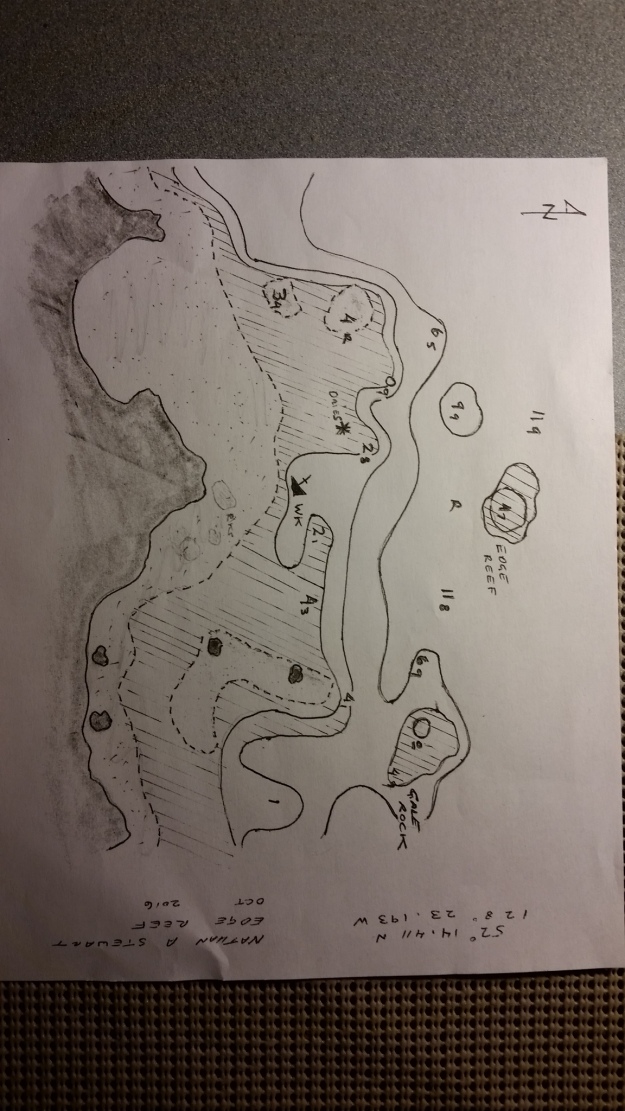
Position in the rocks

Wreck location

Position in the rocks
An articulated tug and barge (ATB) is a type of tug that fits into the notch at the stern of a barge and locks in with large hydraulic pins. To learn more about the design, please follow this link: ATB Design by Robert Allen Ltd.
The Stewart was southbound with an empty petroleum barge when she ran hard aground at Edge Reef and Gale Rocks. The empty barge’s outer hull was breached however when the tug struck the rocks her hull was also breached and she lost one of her shafts and propellers. It took around four hours for the tug to sink and as she sank, she came out of the notch and disconnected from the barge. The tug spilled around 66,000 U.S. Gallons of diesel. The barge was able to be floated off the rocks at high tide and was removed from the wreck site before we arrived. If you look at the photo of the chart above, you can see a small channel just east of the wreck site called Gale Pass. Much of the spill washed up on the beaches near the wreck and went into Gale Pass with the tide.
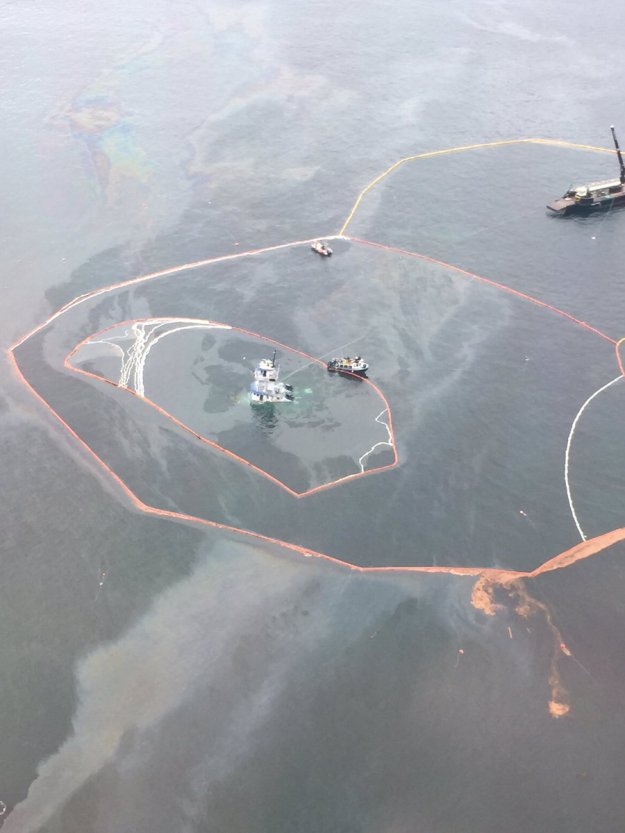
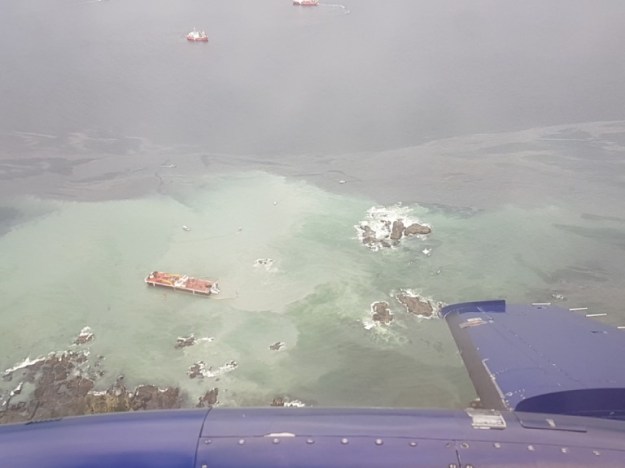
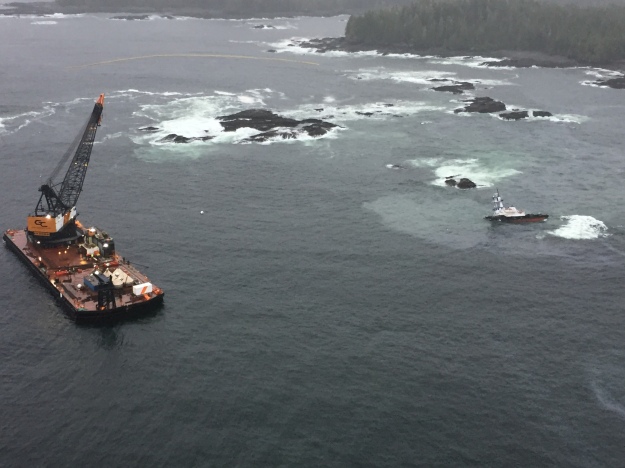
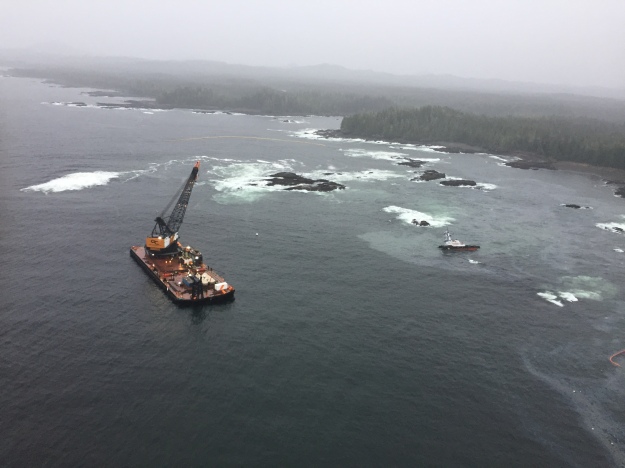



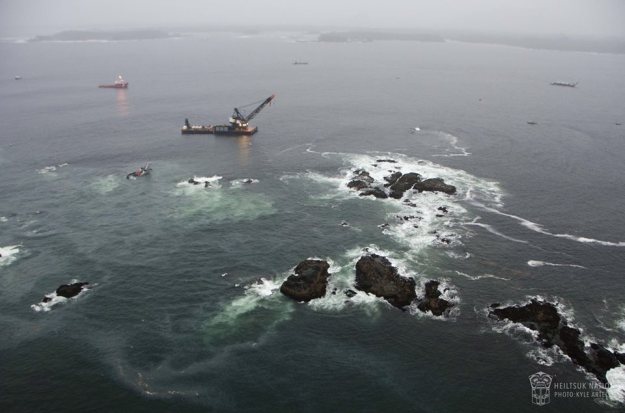
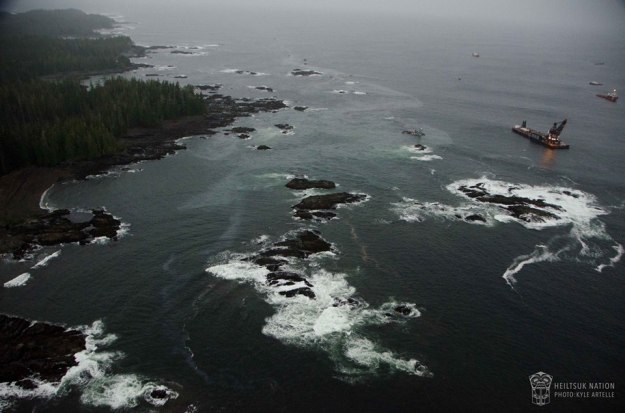
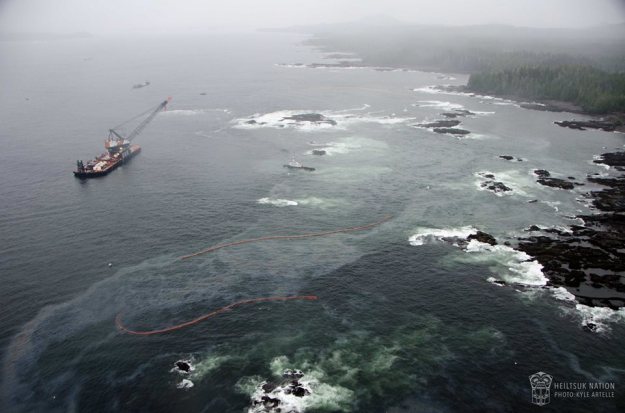
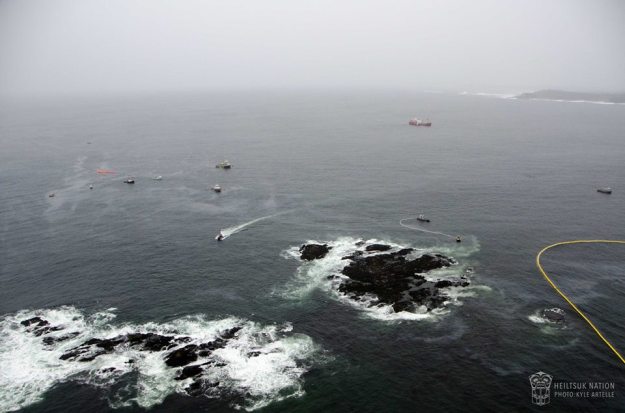
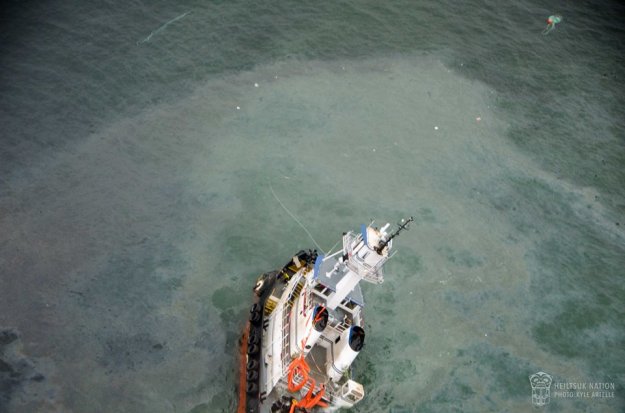

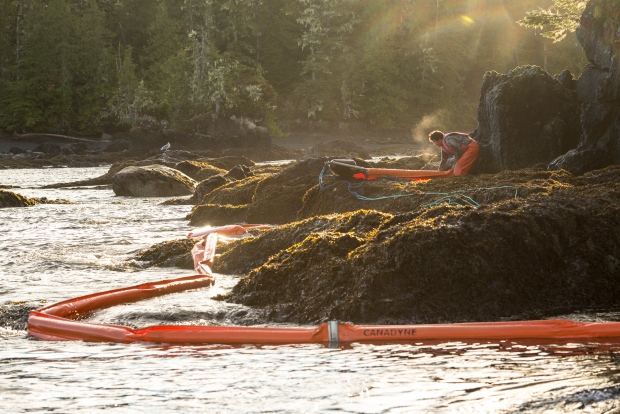
We arrived with the D.B. General on a Wednesday morning with nearly perfect weather and the General crew went straight to work making last minute preparations to their equipment and flaking out all of the heavy 3″ chain and cable straps they would use to drag and lift he tug. By the end of Thursday they were ready and we waited for the call to move the General to the wreck site and begin the removal.


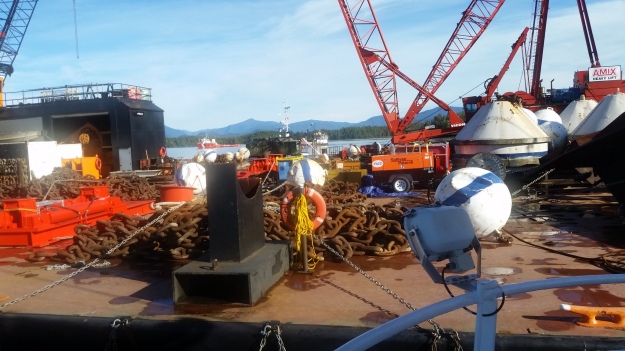
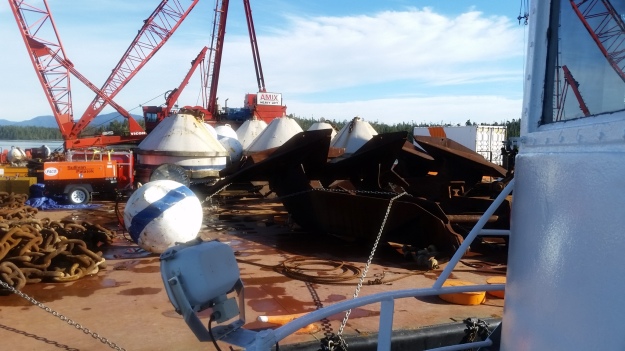
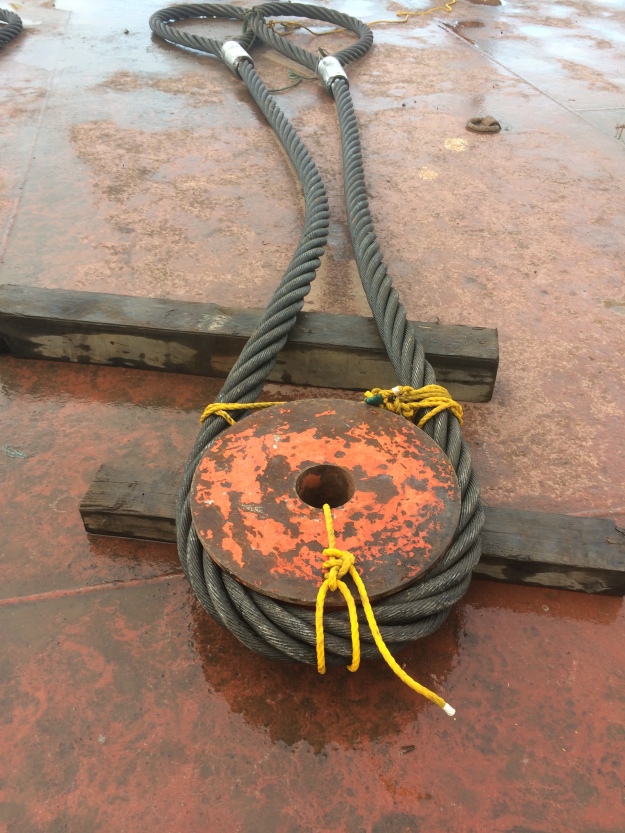
The whole time we waited for the call to move the weather was perfect. Abalone had been observed on the rocks around were the anchors and chain would lay so it was decided to bring in starfish to try and herd the abalone out of harms way. After 2 or 3 wasted days, the divers just picked them up and moved them.
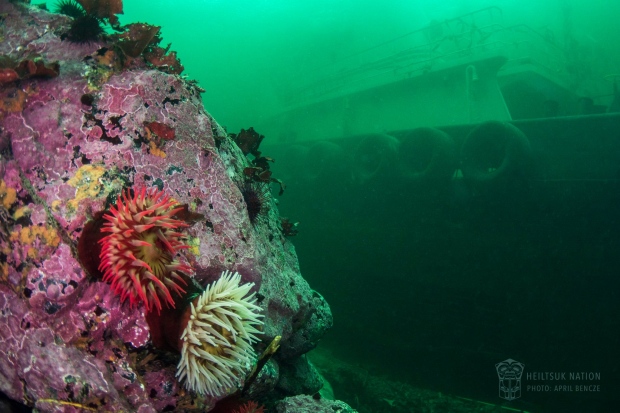
We finally were tasked to move to the site on Monday morning. The plan was for us to move the General to the site with the assistance of the Seaspan Haisea Guardian tug. The General has large 20,000 lbs. anchor on each corner of her deck. We would slowly motor the barge ahead and as we pass over the outer anchor drop points, the barge would drop her anchor and pay out as we continued to the next drop point. Then the General could pull herself back to the center of the two offshore anchors. We would set her two inshore anchors for her by nosing up to the anchor as it hung from the corner of the barge, running a large 8 strand line through the anchor shackle and making it off on our bow bitts. The General’s winch operator would slowly payout until the weight of the anchor was hanging from our bow and we would slowly back away from the barge towing the anchor to the predetermined drop point. Once we were at the drop point, we would take a couple turns off our bitt and the anchor would fall away. The barge could then position herself further offshore or winch herself inshore closer to the wreck. You can see in the photo below how the barge could change positions by adjusting her anchors (again sorry for the sideways picture).
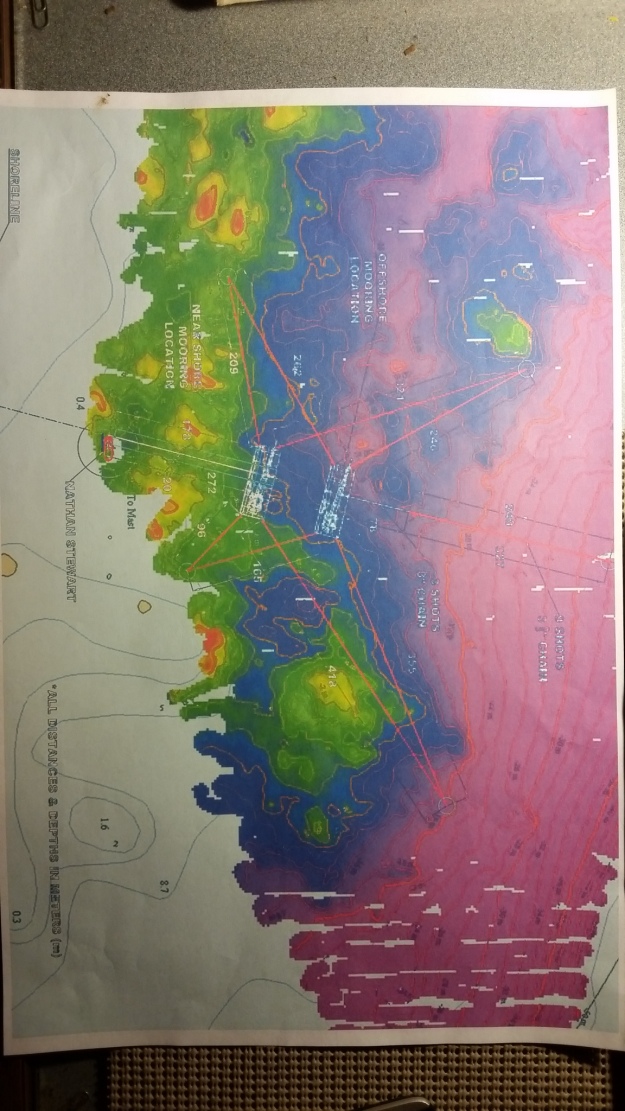
Additionally, there was a gigantic Stem Shark anchor placed off of the offshore side of the barge approx 500′ and connected to the barge with 3″ chain. On the inshore side, amidships of the barge, 3″ chain went to the wreck where the divers had cut out the tow pins on the barge and rigged a bridle out of the chain. There were two massive hydraulic pullers on the deck of the barge. One would tension up on the offshore stem shark anchor while the other would pull tension on the sunken tug. The max pulling capacity was 300 tons. See photo of Stem Shark anchor below:

It took most of the day to move, set the anchors and get the heavy chains connected to the Stem Shark and to the tug. The next morning when I woke up, the workers were taking all of the connections apart and we were told to prepare to move the General back to the protected Norman Morrison bay due to incoming weather. It took most of the day to move her back and get her tucked in. It’s a good thing too because over the next five days of standing by we had some ferocious blows up to 70 knots.
Some underwater shots of the Stewart:

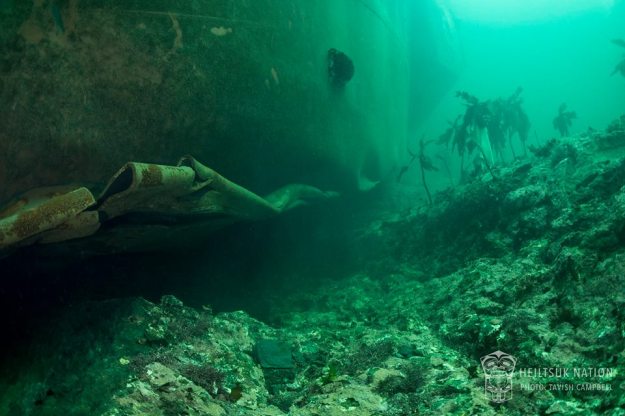
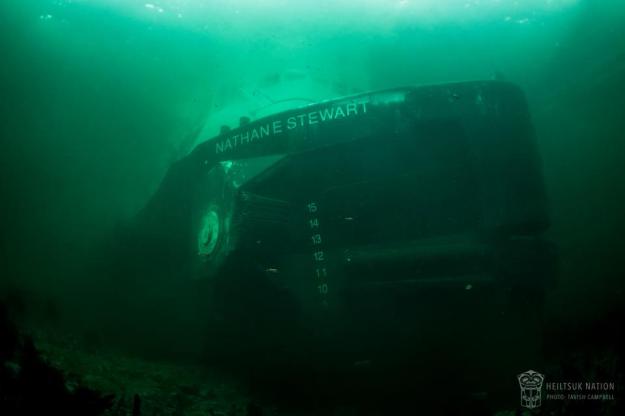
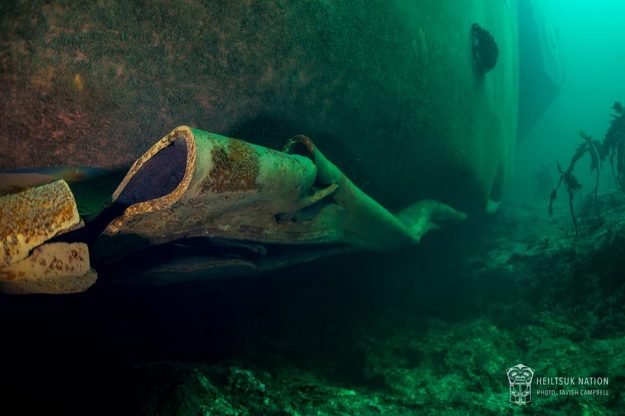
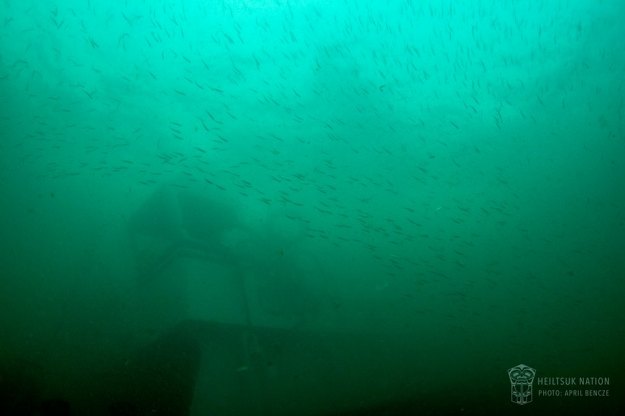


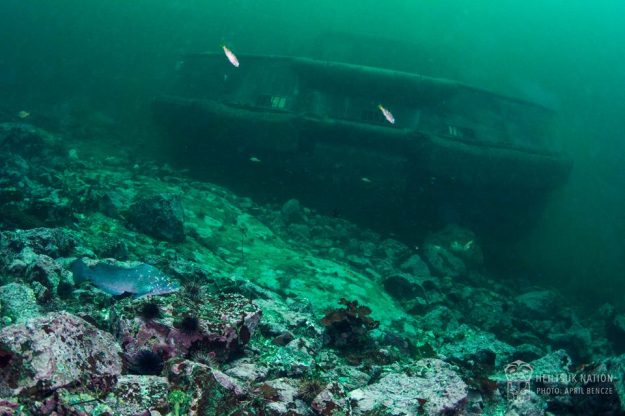
Finally we moved back to the wreck, except this time there was a lingering swell. As we approached the anchor drop points, our tug was made up along side of the General and we had the Haisea Guardian on the opposite bow of the barge. We got the first anchor set and slowly moved to position the second anchor when a large set of swells came through. We were running two head lines (one was a large 9″- 8 strand line we affectionately called “Big Nasty” due its difficulty handling it), a doubled up spring line 8″ and a 8″ stern line. When the surge came we parted the 8″ head line, the double spring line and the stern line. The only line that didn’t part was Big Nasty but that was because the bitt on the barge Big Nasty was made off to ripped off the deck of the barge and sling shotted back into the house on our tug. Very dangerous! It is amazing how much stored energy a nylon line can release when it parts and you have got to be aware NOT TO STAND IN THE SNAP BACK ZONES! On the other side of the barge, the Guardian also parted their spectra head line.
Luckily we got both offshore anchors down and we were able to set the inshore anchors with no further issues. The chains were connected to the stem shark and to the tug and the pulling began! As chain tension came up, the Stewart turned easily and started to come toward us fairly well. Later in the afternoon she got hung up and no matter how much tension the crews pulled, she just wasn’t going to budge. The divers had to spend several hours rigging air bags and pumping air into the tug as best they could to try and lift her bow over the “curb”. The curb was a rock ledge about 3′ high that stopped the Stewart in her tracks. Photos below: The Stewart had been parallel to the beach but she turned offshore easily and then hug up on the “curb”.

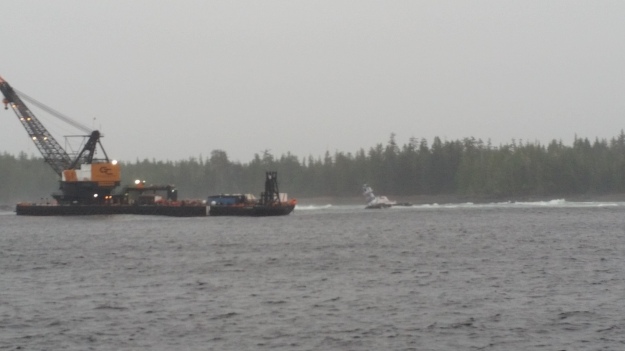
Since we had parted so many of the lines, I spent most of my watch mending lines, splicing new eyes, or trying to make something usable out of the remnants. The captain decided that we wouldn’t make up along side next time and that we would use a set of soft bridles instead. We went down into the fore peak to retrieve the matched set of 140′ long bridles and there was only one! Somewhere along the line on a previous trip one was damaged or used for something else and not replaced. I took one new 85′ spring line with an eye at each end and flaked out on the deck in the fore peak. Then I laid one of the longer remnants of parted line exactly on top of it to get the length just right and spliced a new eye so we had two 85′ bridles.
Later in the day as the pulling was progressing, the swells seemed to be picking up. The command boat suggested to the General to relax pulling and winch themselves further offshore. They chose to continue pulling as they were making good progress. Right at dark some massive sets came in and broke just offshore of the General and her western most offshore anchor slipped. Were rushed in and threw up our new bridles. As we passed up the first line (the new line) and they got it on the bitt, we took a huge swell and the line came super tight. We all scattered for shelter but the line held. We managed to get the second line up and pull away as we dumped wire. When we got to a position where we could take a strain, the new line was stretched out about 4′ longer than the line I spliced (shit!). That meant that all of the strain would be on the used line that I had just spliced the eye in. We pulled on the barge all night to keep her in position and from slipping her anchors and moving any closer to the rocks. The used line with my new splice held together thankfully.
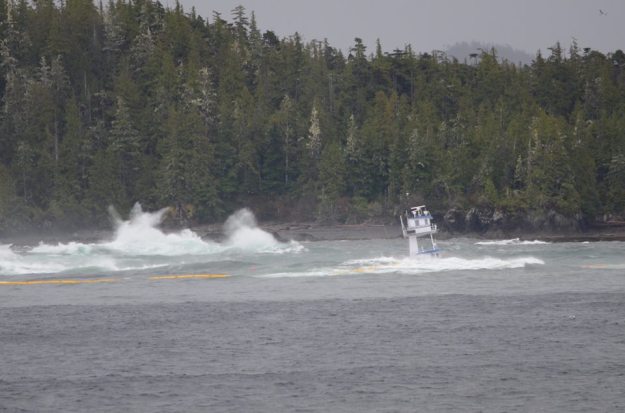
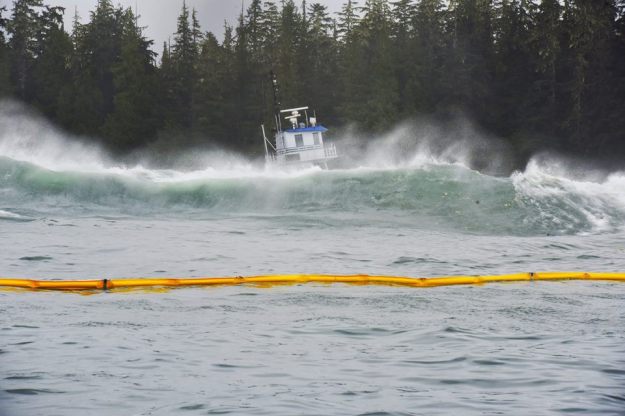
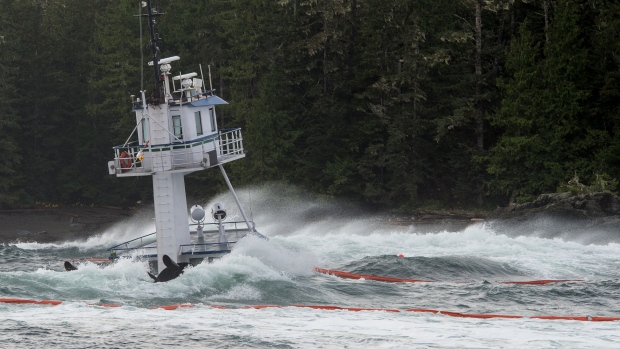
Photos below: We pulled through the night to keep the General in position. The photos from the next morning show the swells were way down.
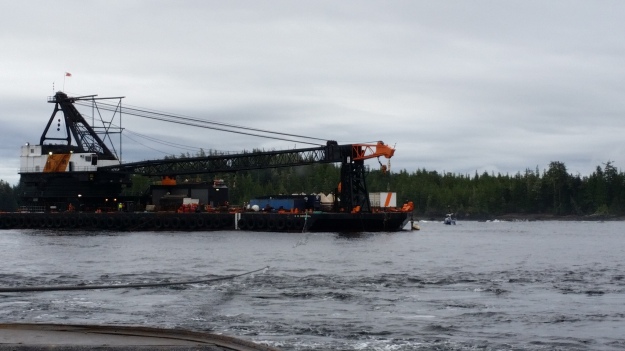
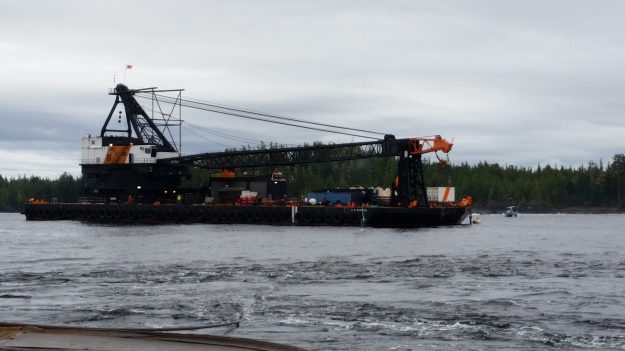

The next day reset the offshore anchor and the pulling continued. They managed to get the Stewart pulled off the reef and into deeper water. Only her top pilot house was showing. Then we broke off from her and returned to the protected bay for more incoming weather.
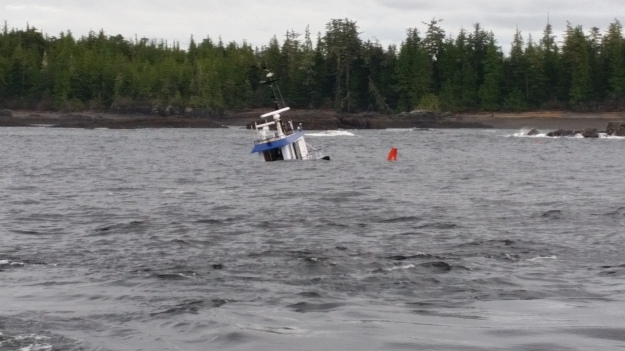
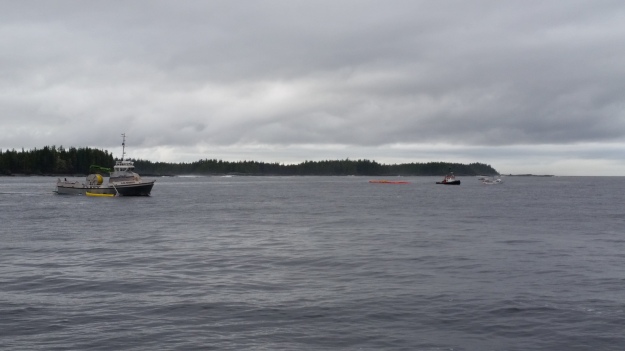
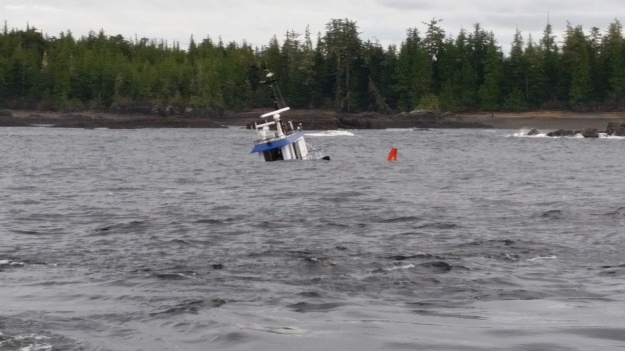
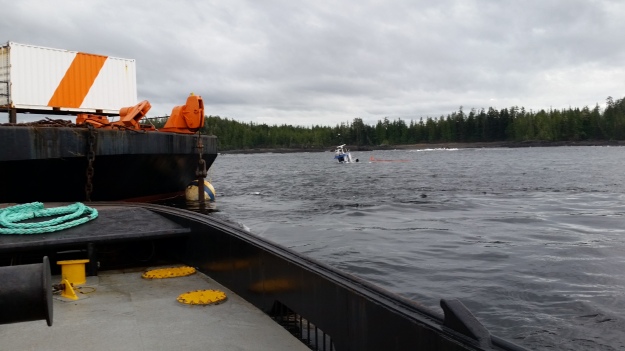
A few more days of waiting around and we returned one last time to prepare the Stewart for lifting. The divers spent much of the day rigging the chain and cable rigging that would be used to lift her. The estimated weight full of water was around 460 tons. The General has a capacity of 700 tons. Rigging the lifting gear:
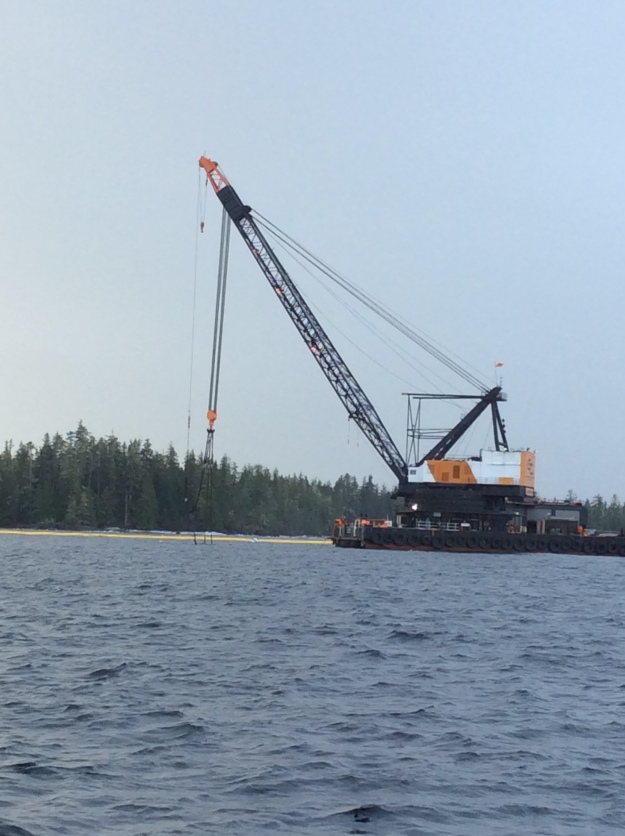
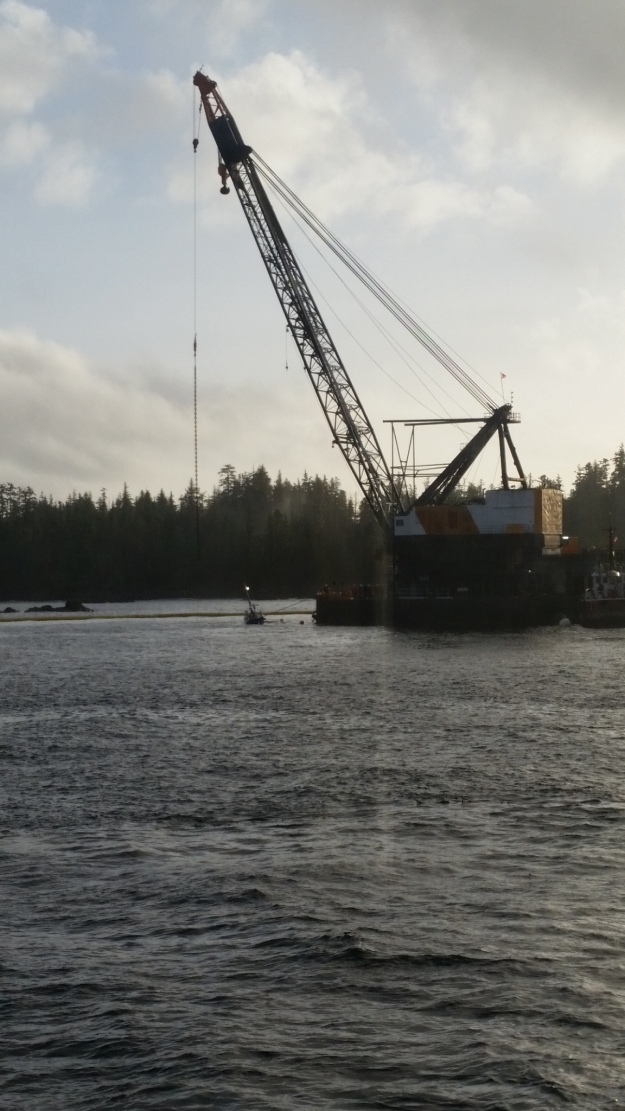
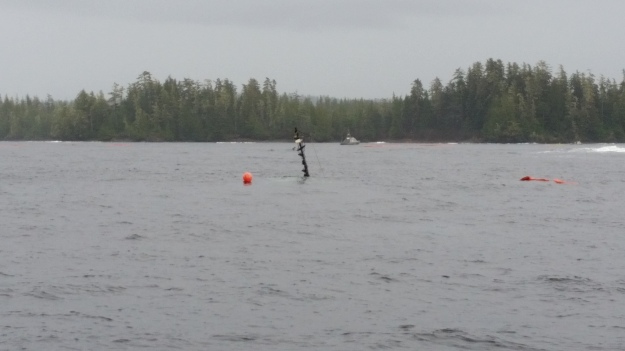

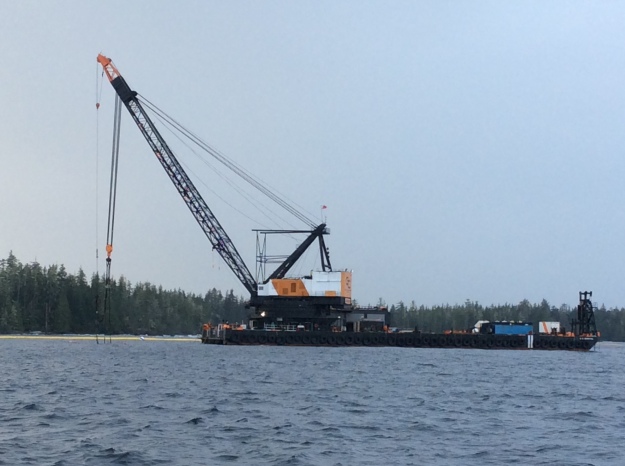
The weather slowly started to pick up again and the rains came in. We were fearful that we would have to stand down again. Right at the end of the day the big lift came:
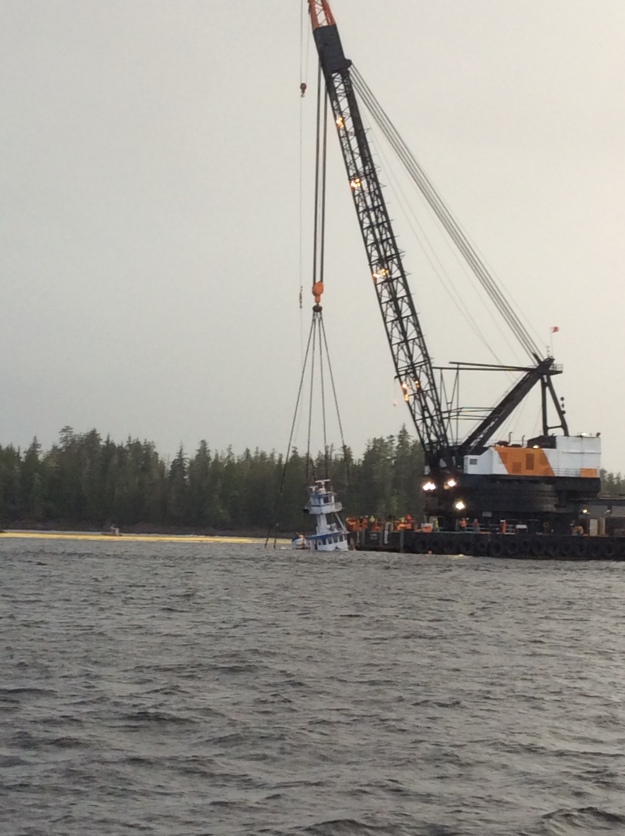
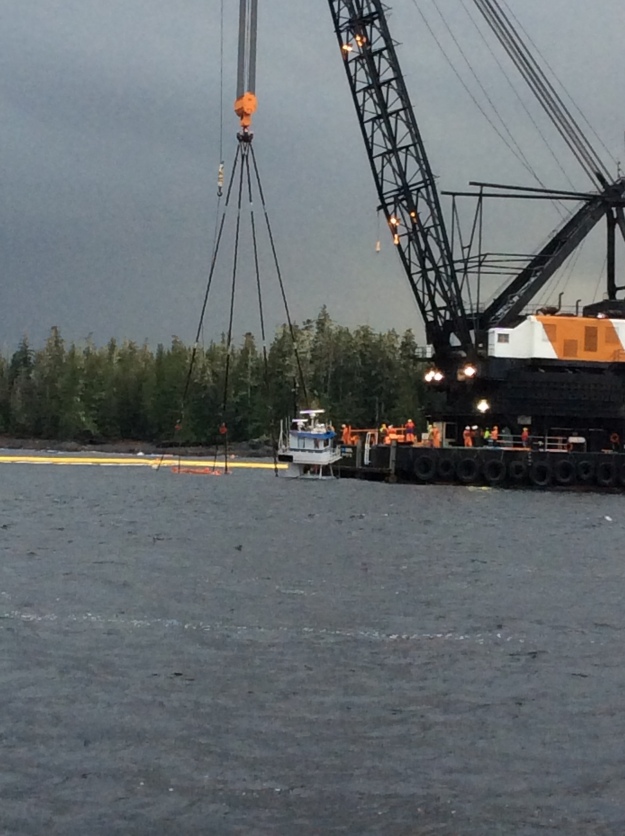

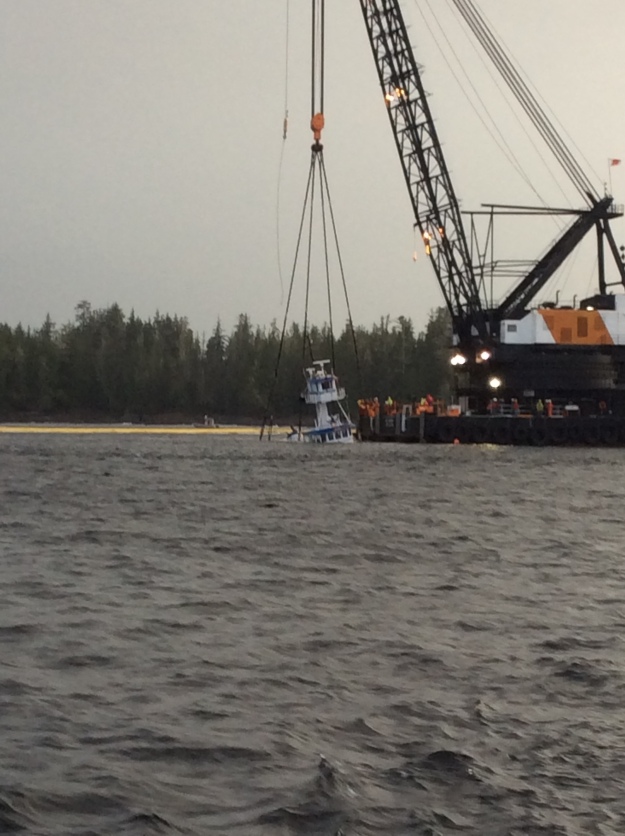
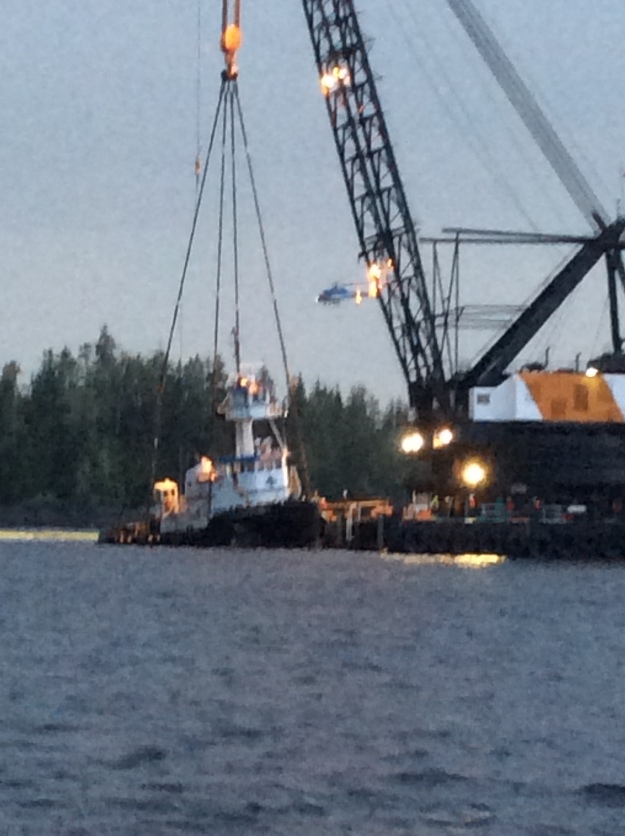
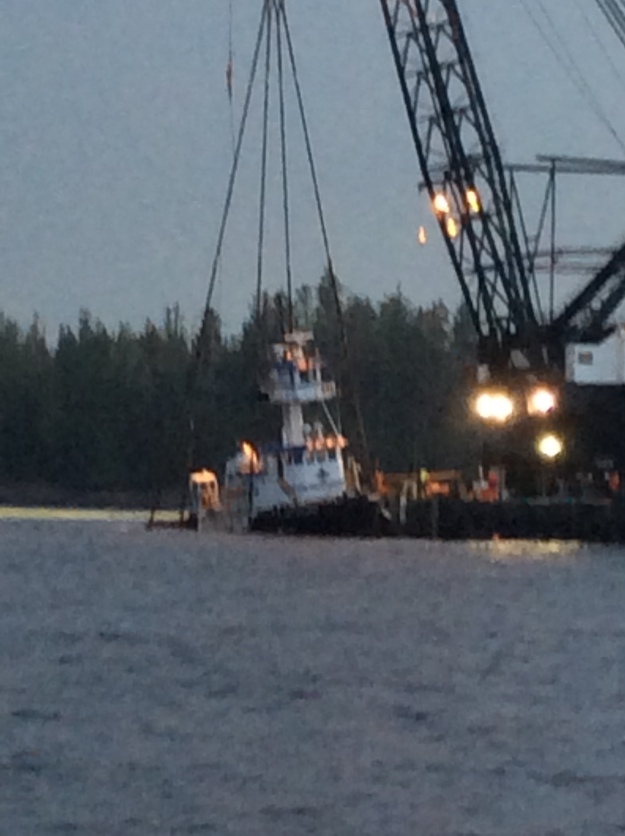
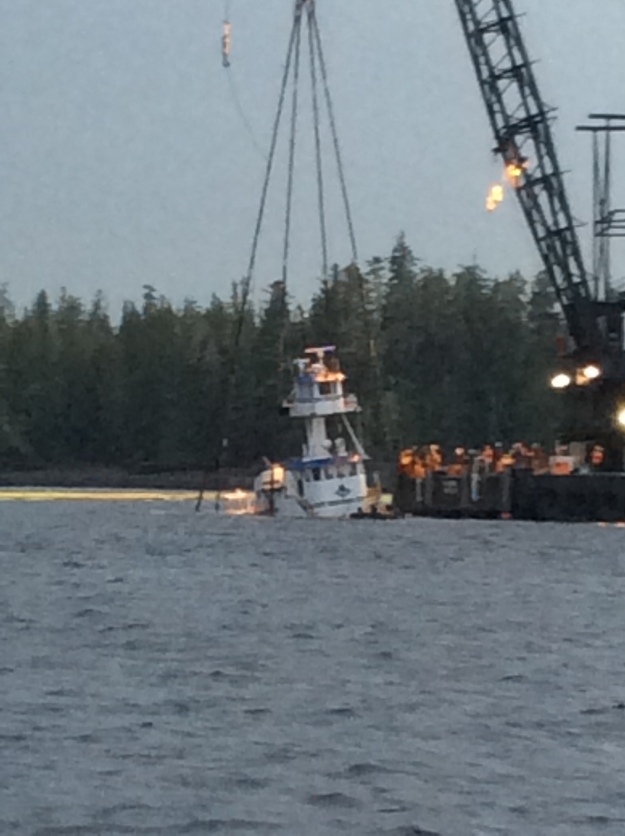

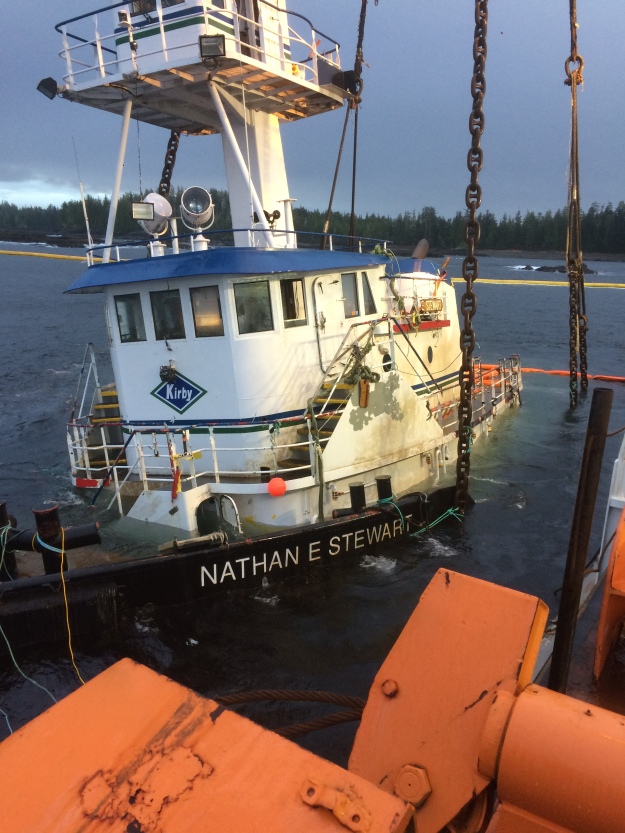


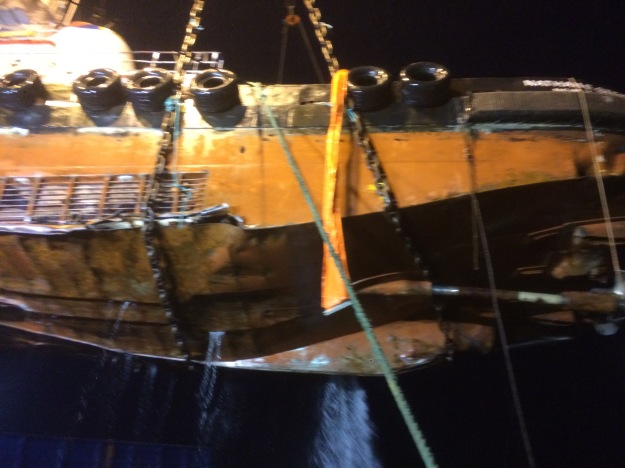
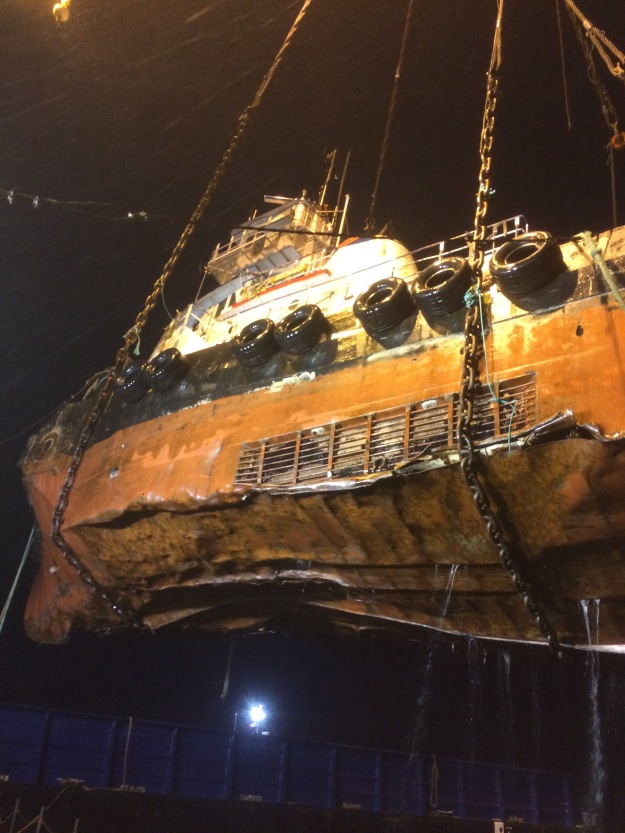

I racked out because I knew we’d be getting a call out to pull anchors and move back to the bay. I didn’t manage to get any shots of the Stewart being loaded onto the barge (it was dark anyway). We moved the General back to the bay late that night and in the morning the Stewart was on a different barge anchored not too far away:
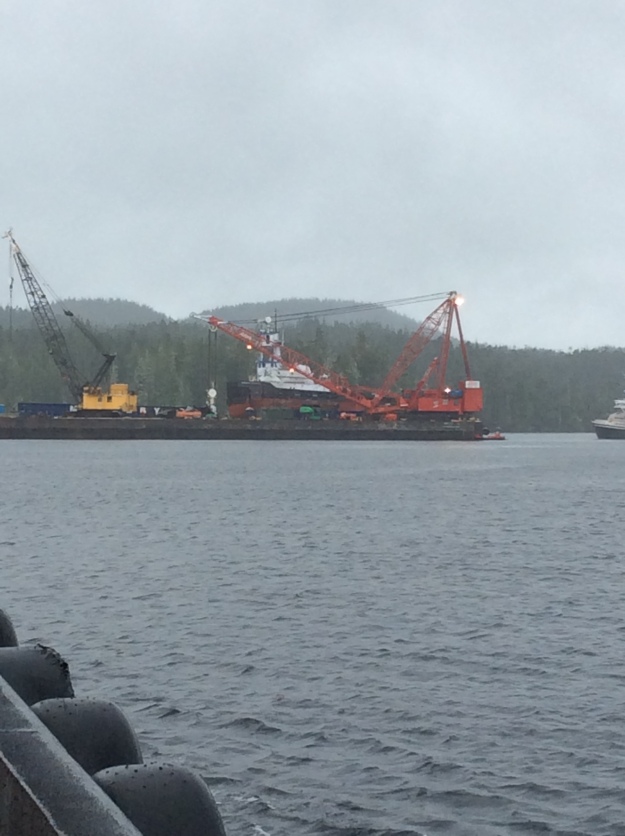



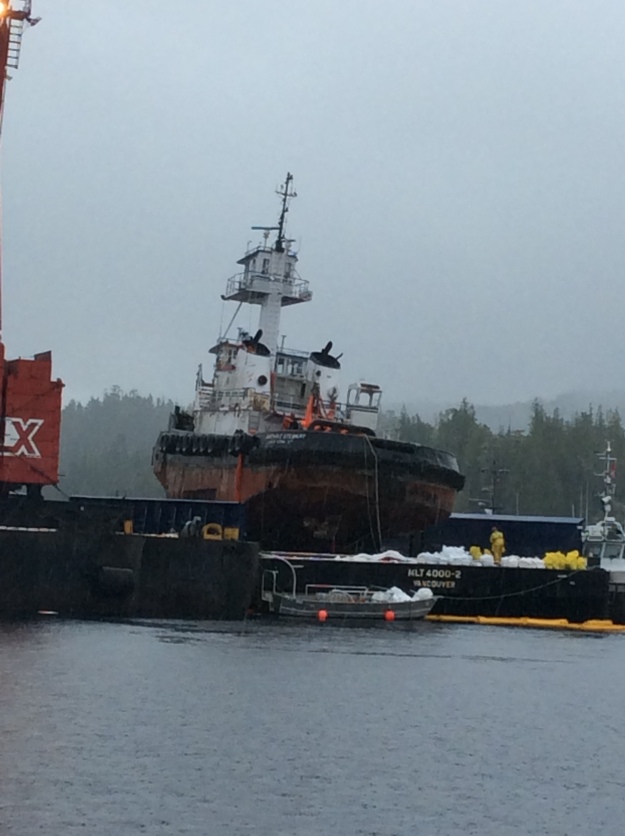
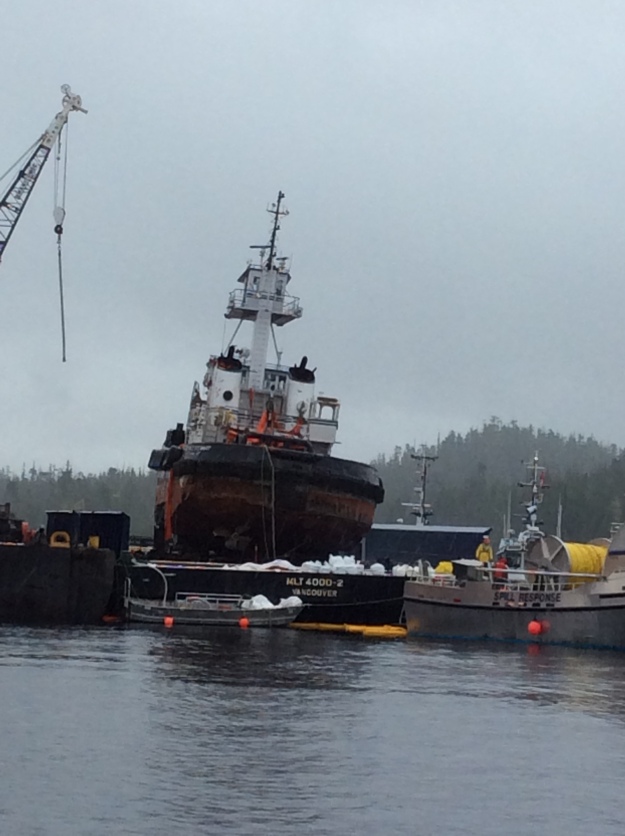

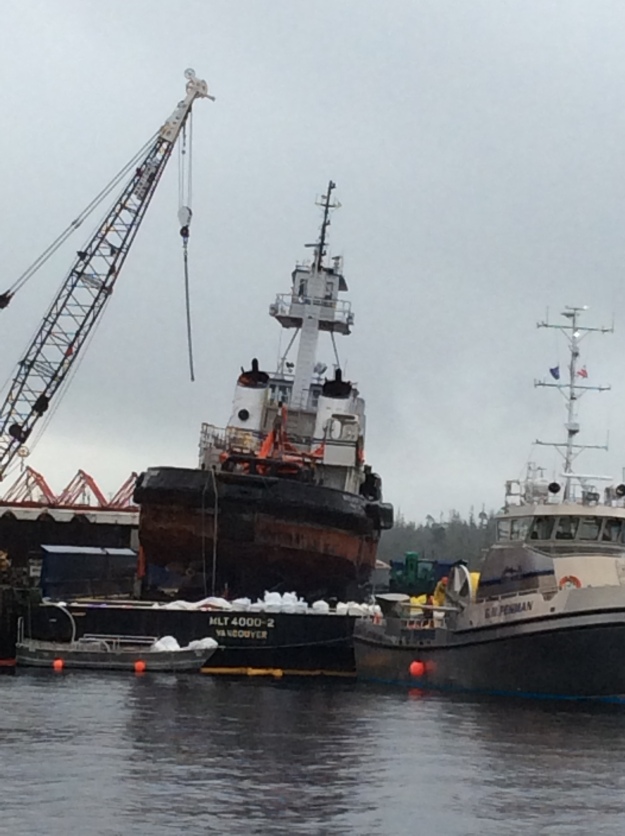
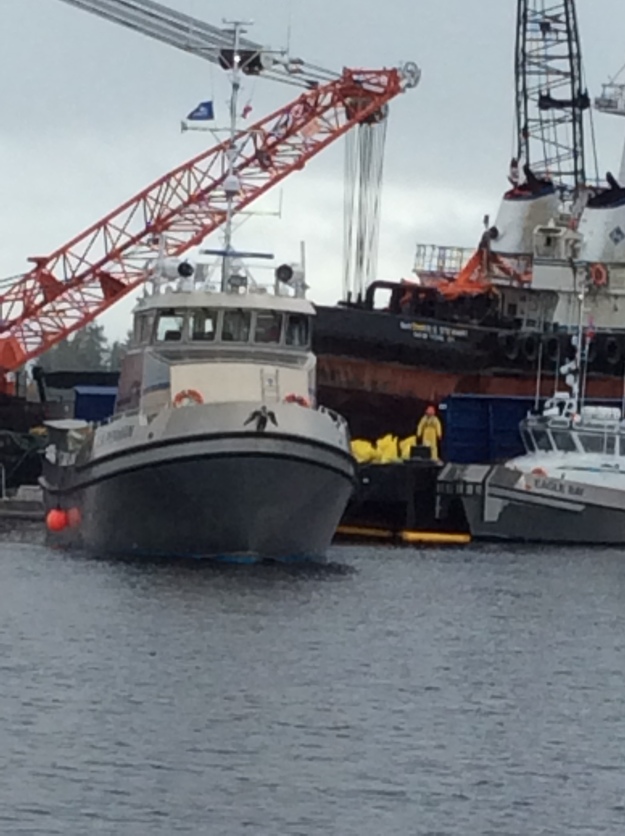
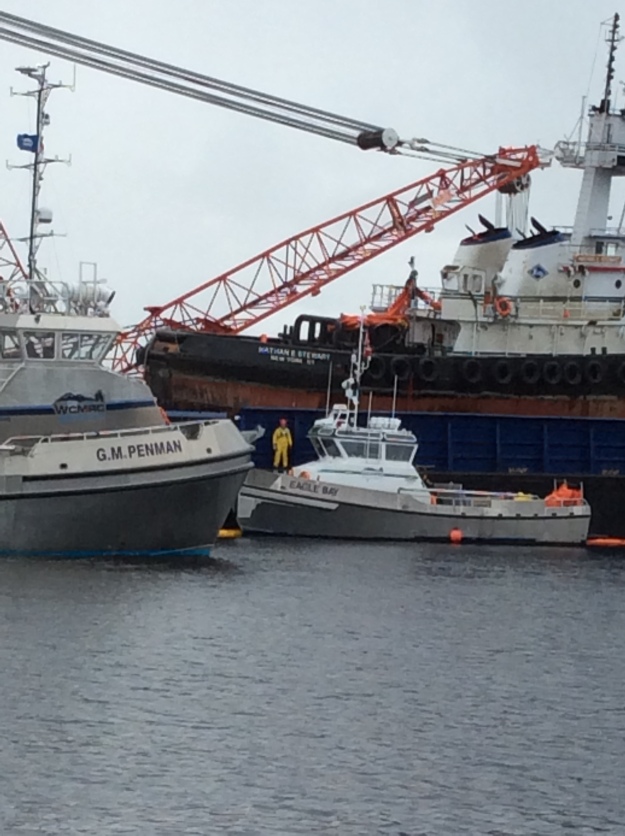


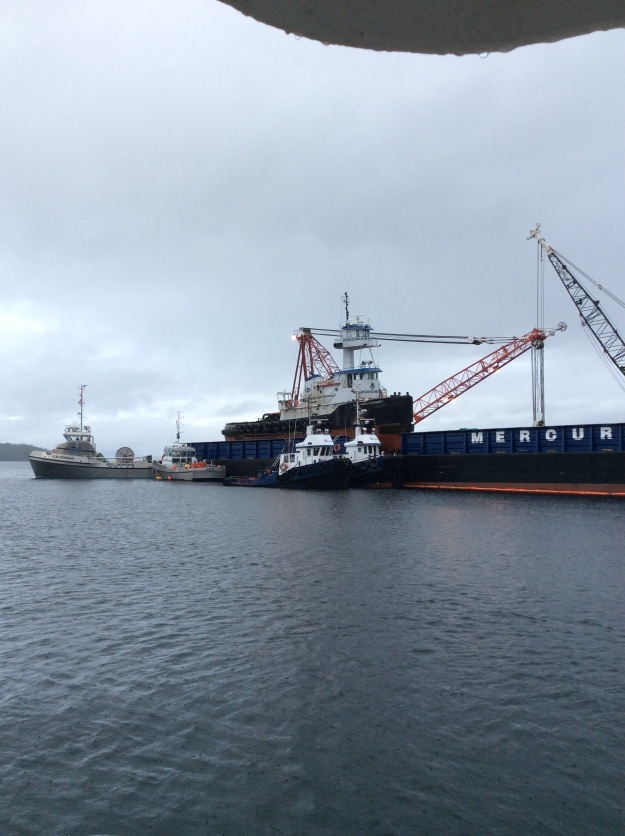
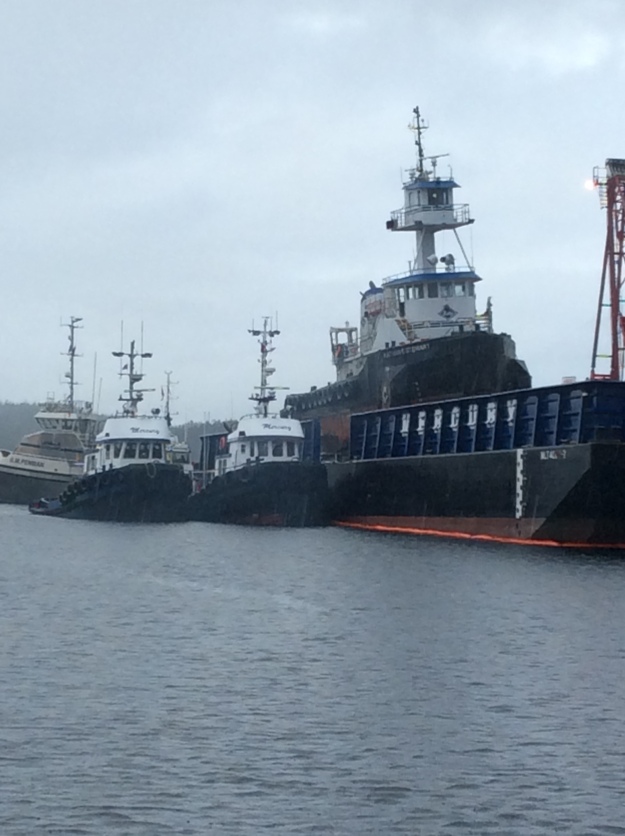
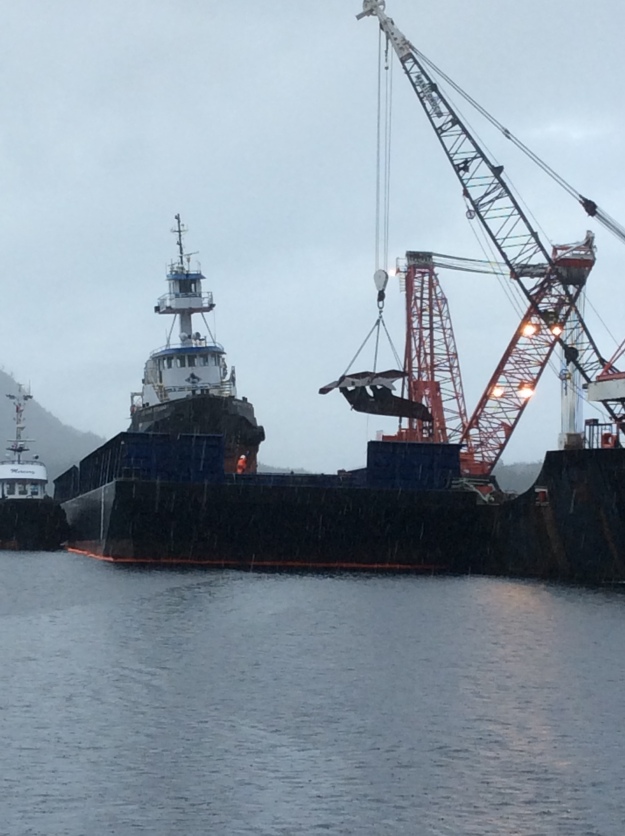

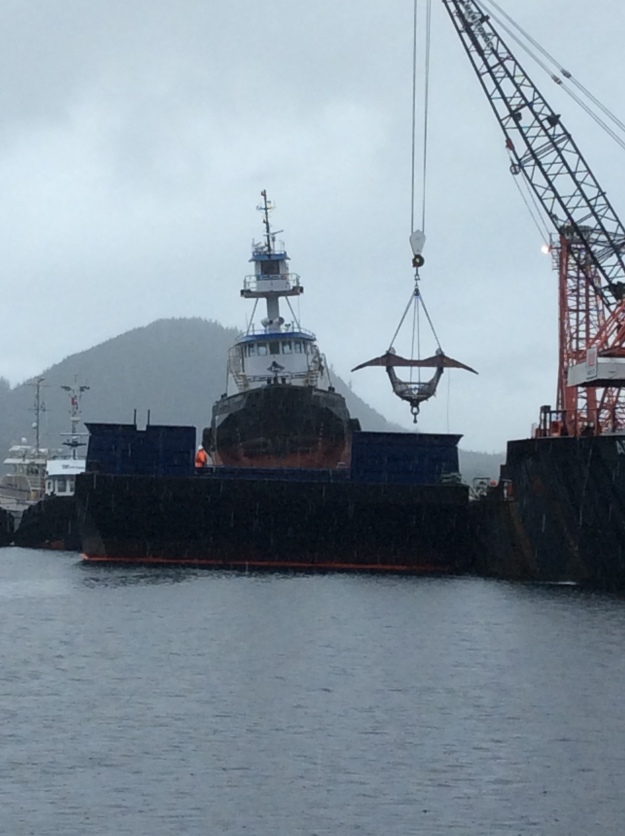
I’m not sure where she was taken from this point. We had a couple days of buttoning up the General and then we towed her back to Seattle. Our planned 6 day trip (to drop off the General) ended up being 27 days start to finish.
I’ve never been involved with a salvage of this size. There was a tremendous amount of effort covering many aspects. There had been a full depth contour survey done, massive amounts of oil boom put out and constantly mended and monitored, oil skimmer boats, crew boats, standby tugs, barges with tanks for pumped out fluids to be stored, etc. The Canadian Coast Guard sat on scene the whole time guarding the wreck and also checking in and out the crews and little boats coming and going from the site to ensure they returned to port each time and make sure no one was lost along the way. There were multiple flyovers each day looking for progress and oil slicks. There was a boat that collected trash from all of the other boats during the weeks so that was never an issue. Overall there was a lot of planning and coordination to make this happen safely. I was highly impressed overall even if it seemed like we wasted a lot of time in the beginning.
Hope everyone has a wonderful Thanksgiving, stays out of the snap back zones and stays safe!
Update 12/3/2016: The Stewart was taken to Vancouver, Canada to be scrapped at the Amix yard.
